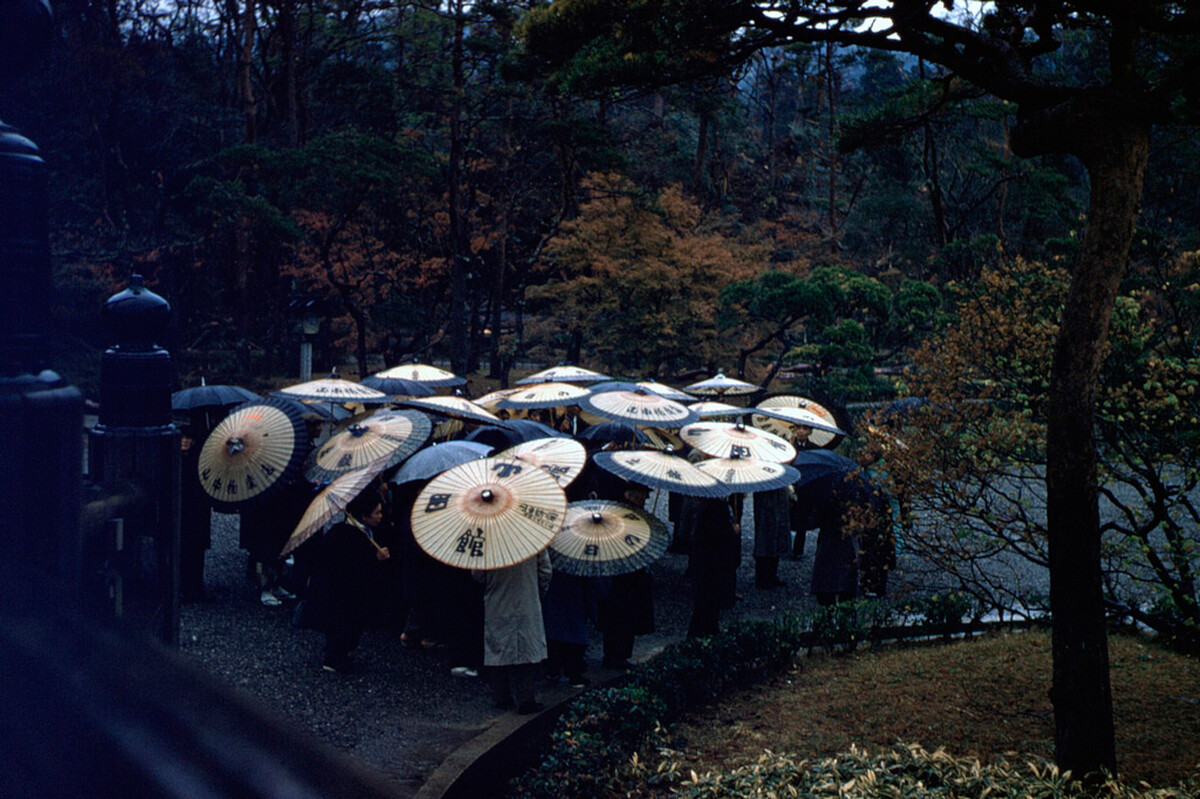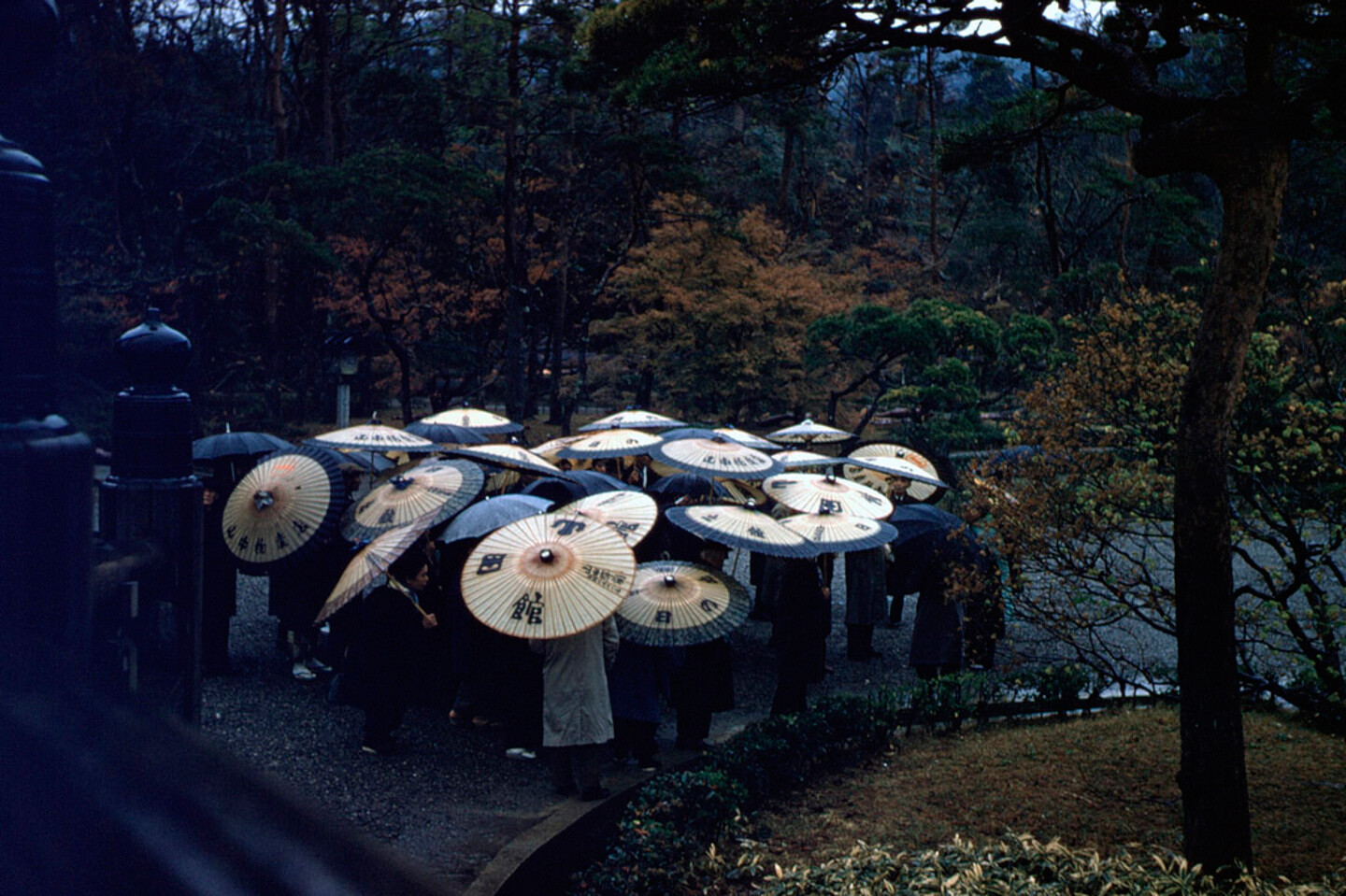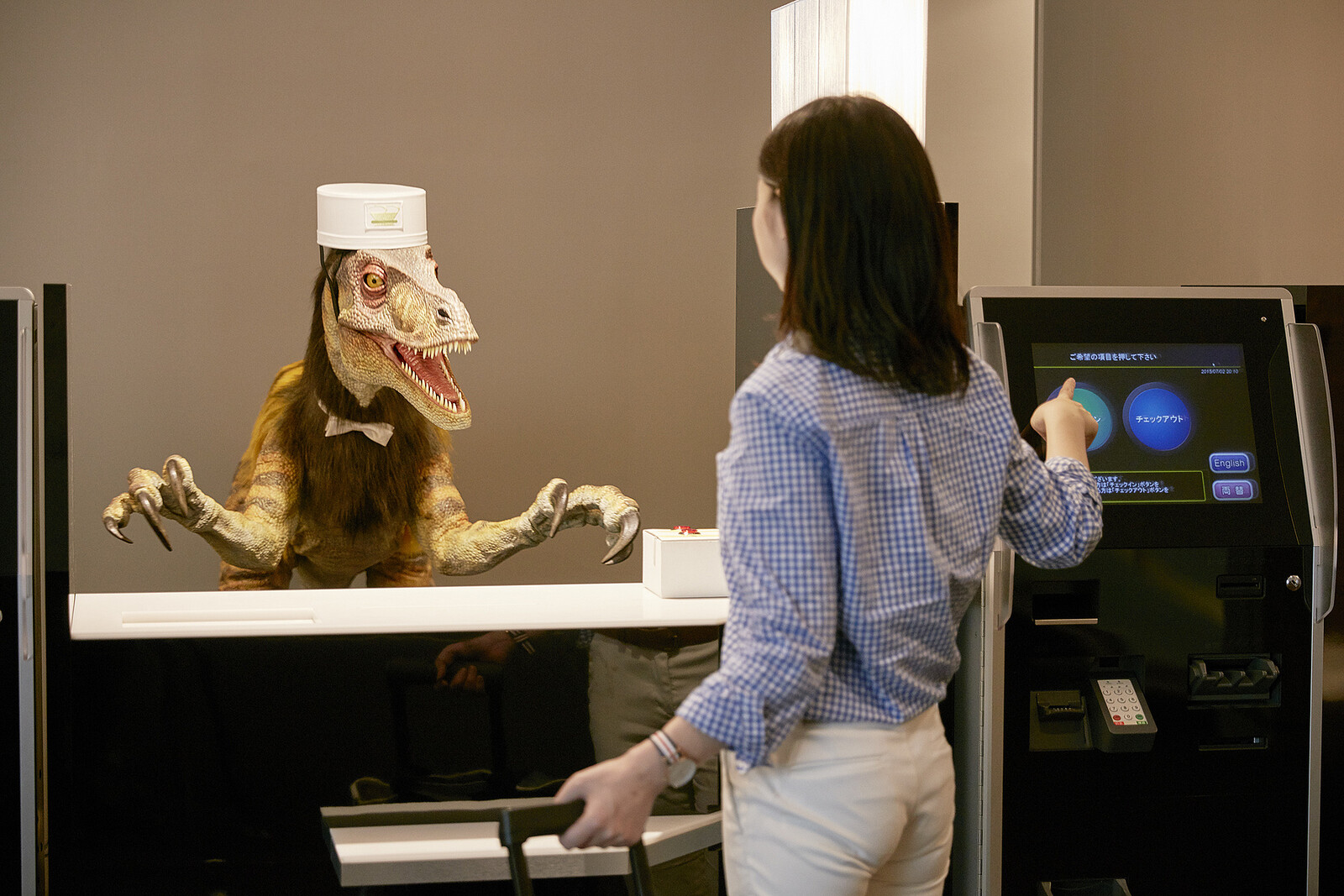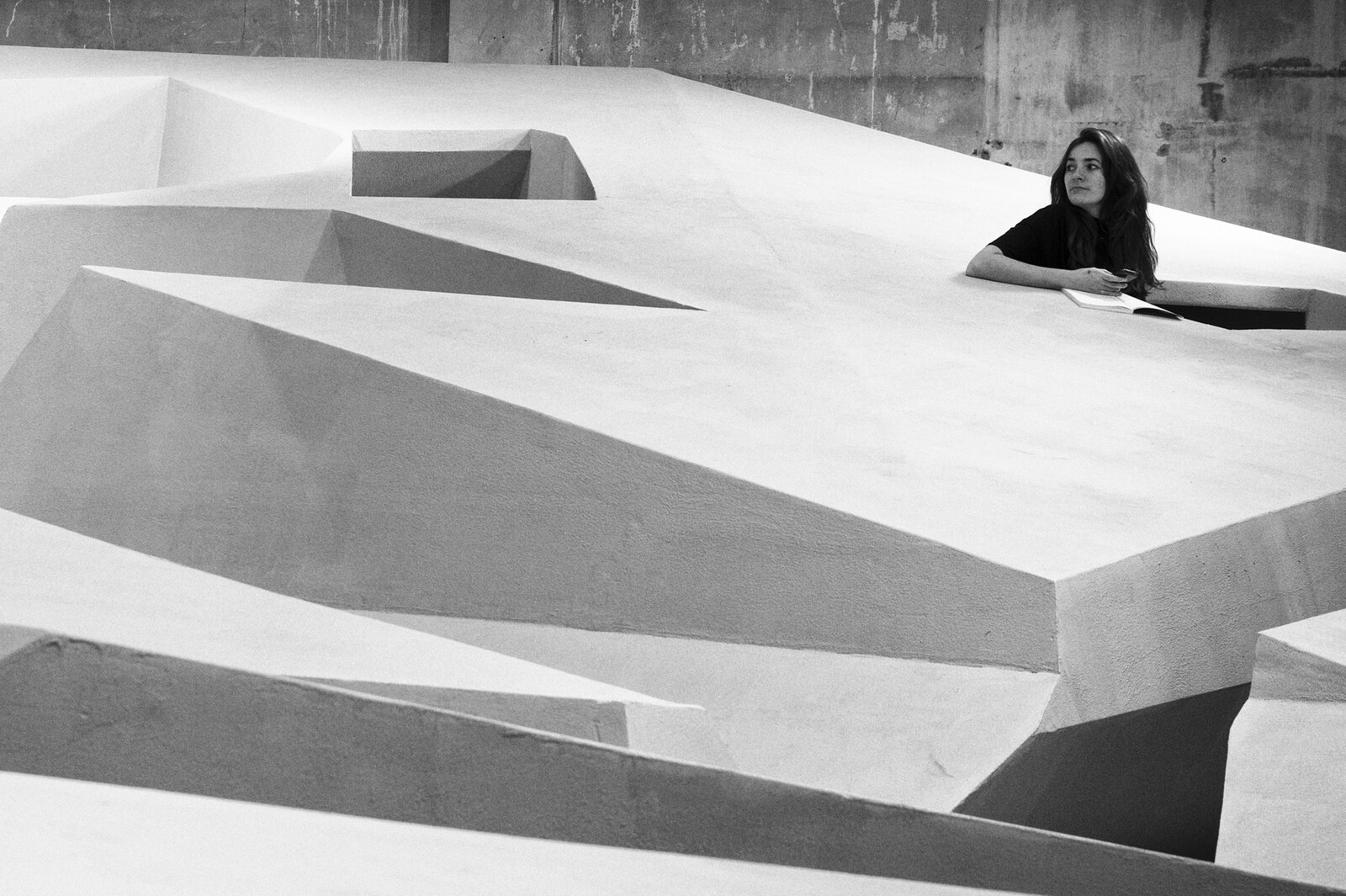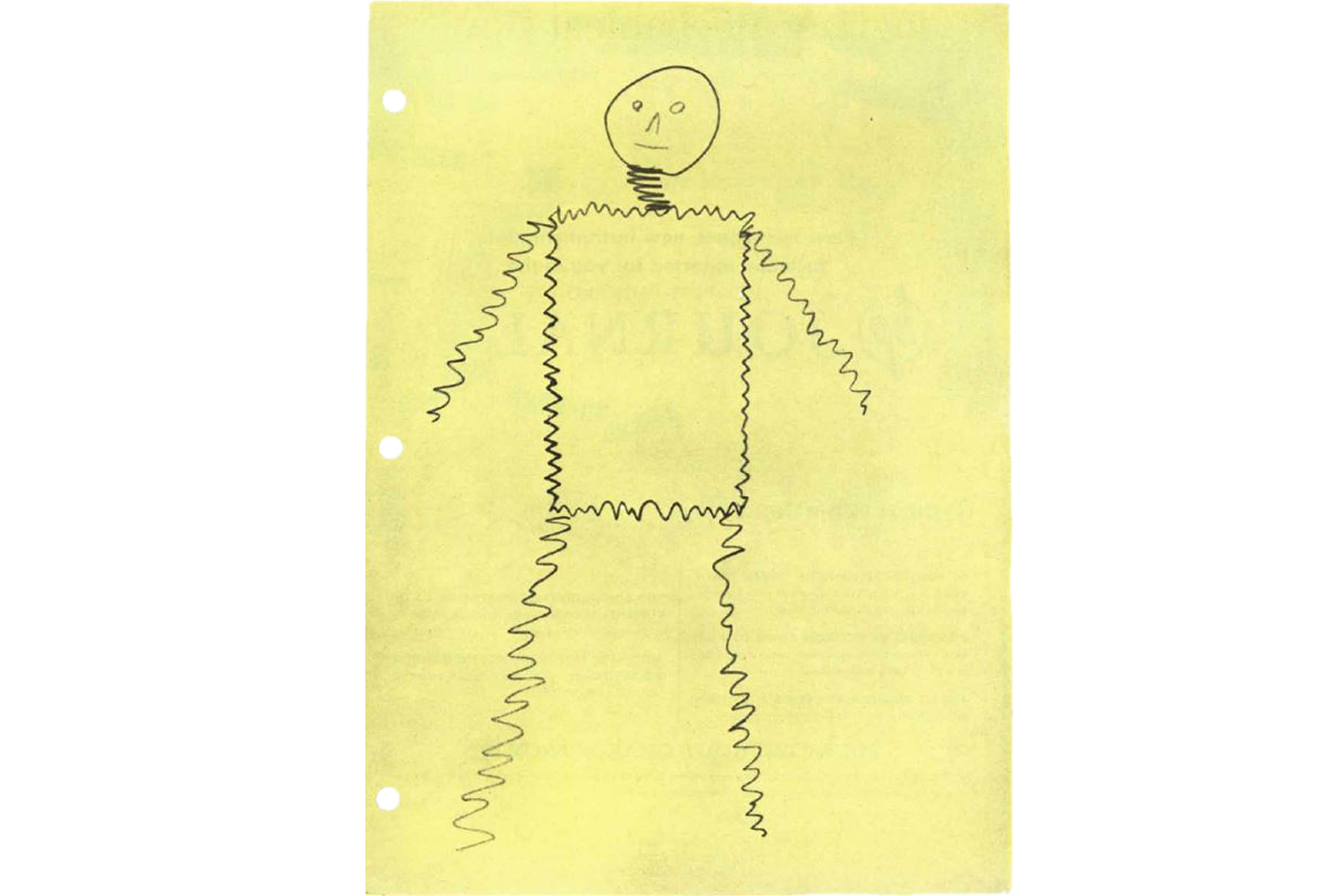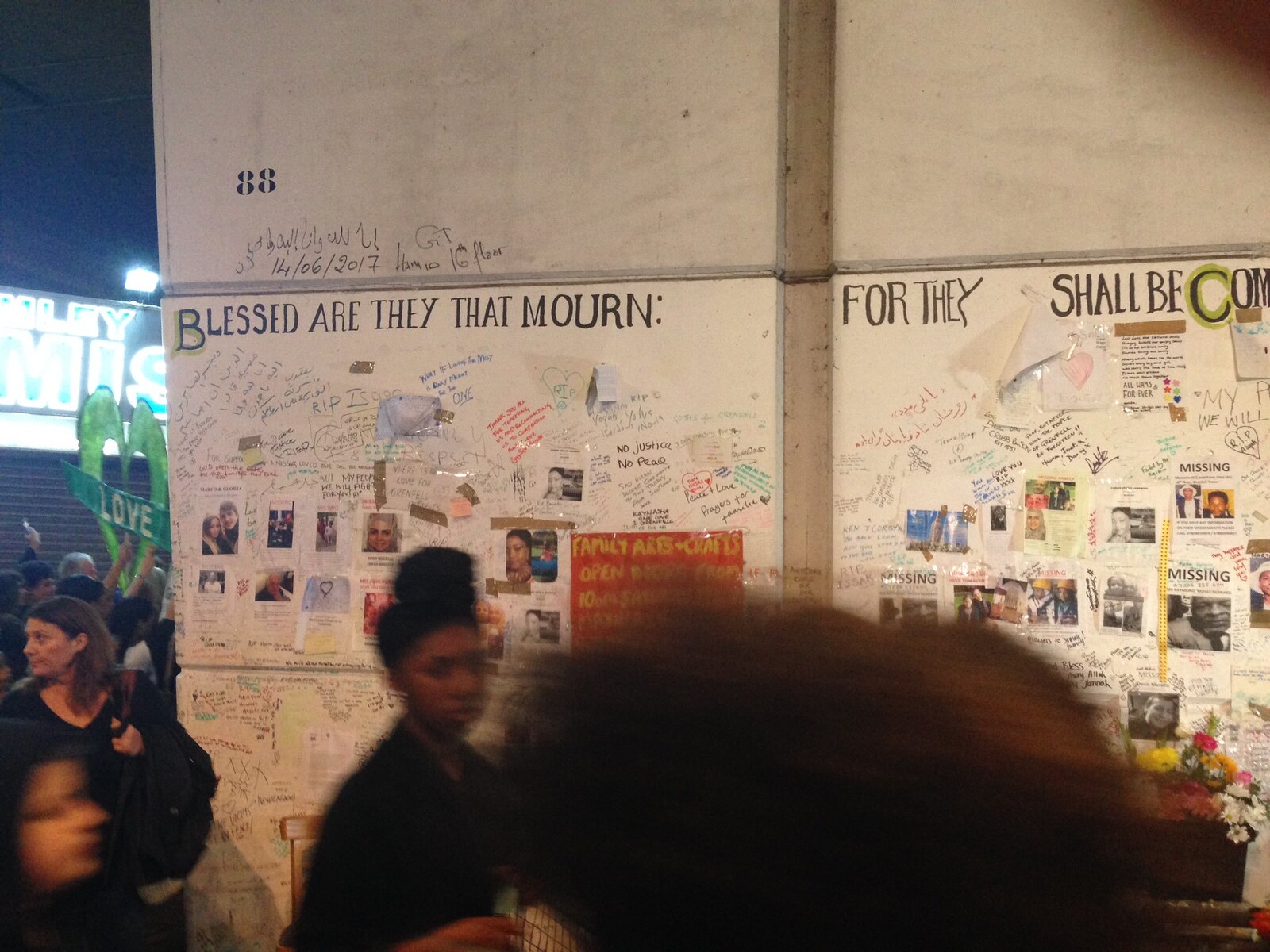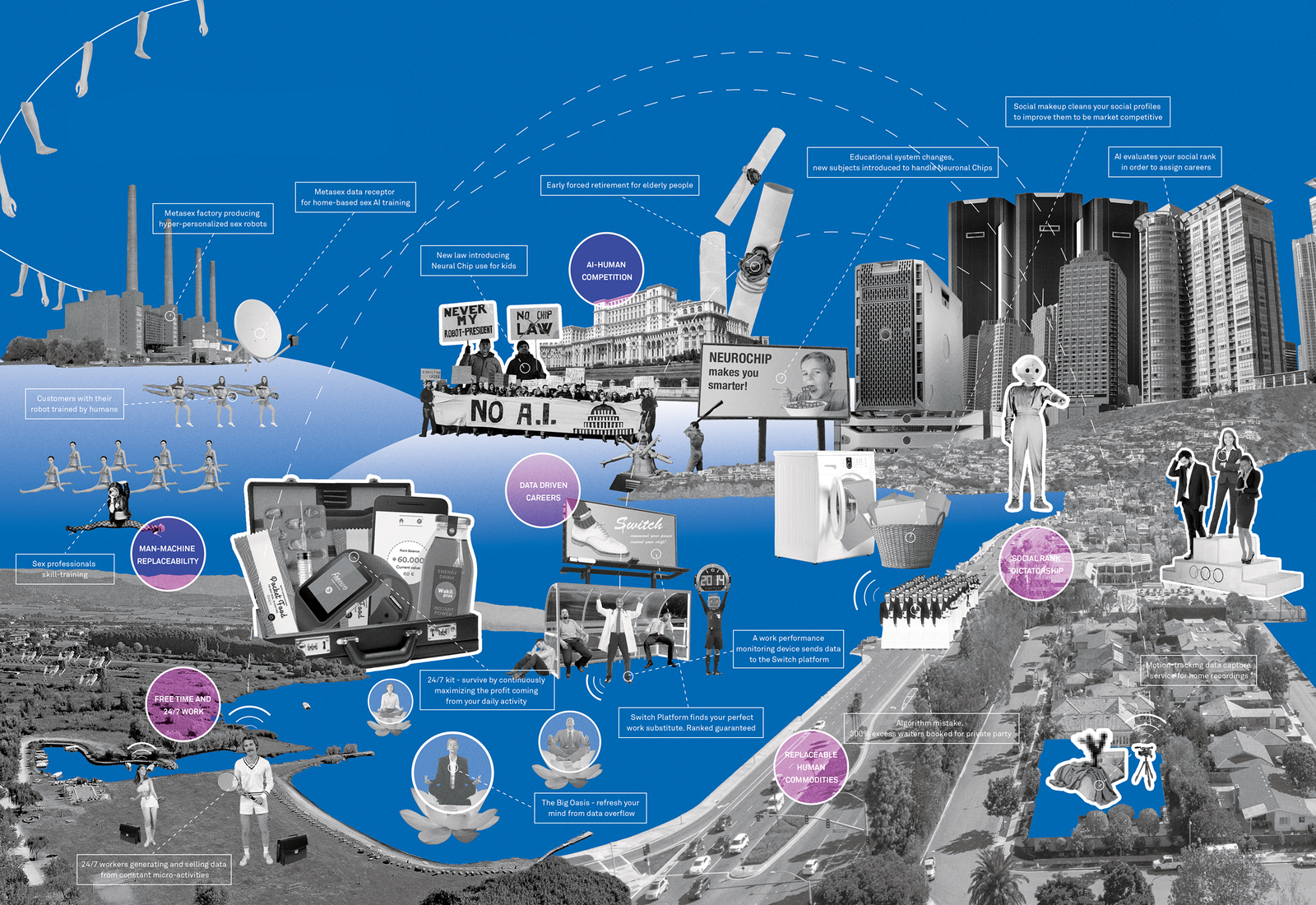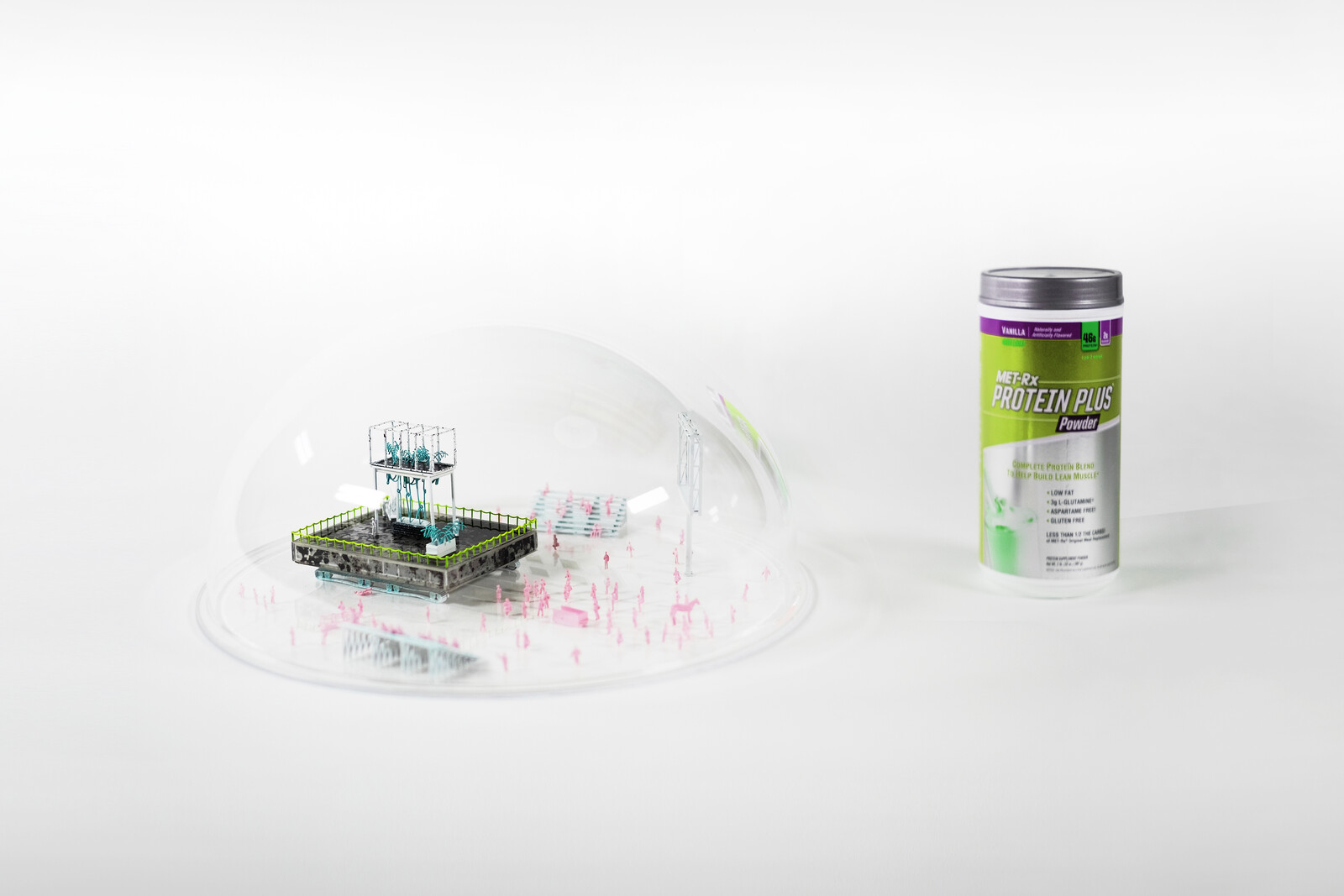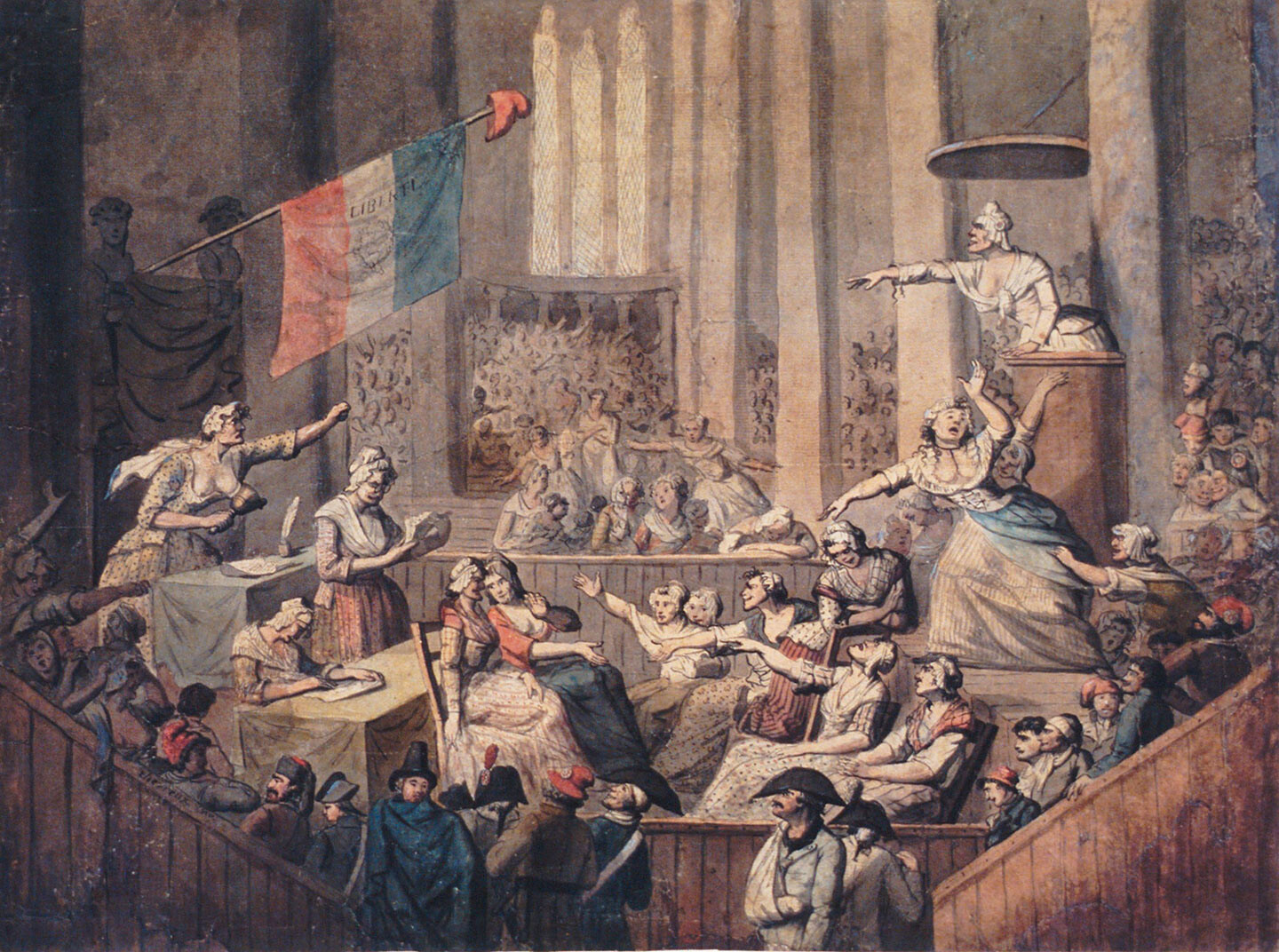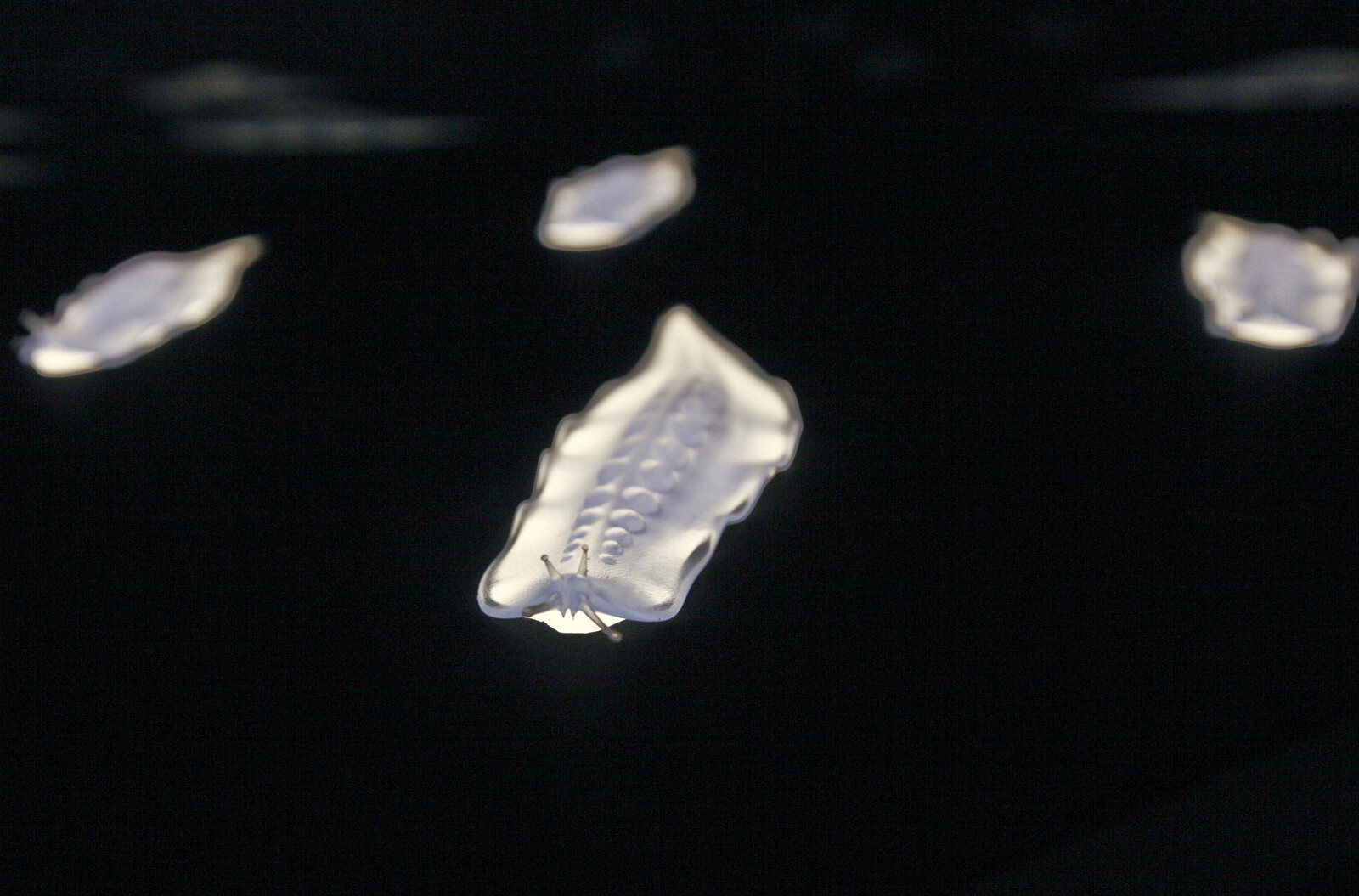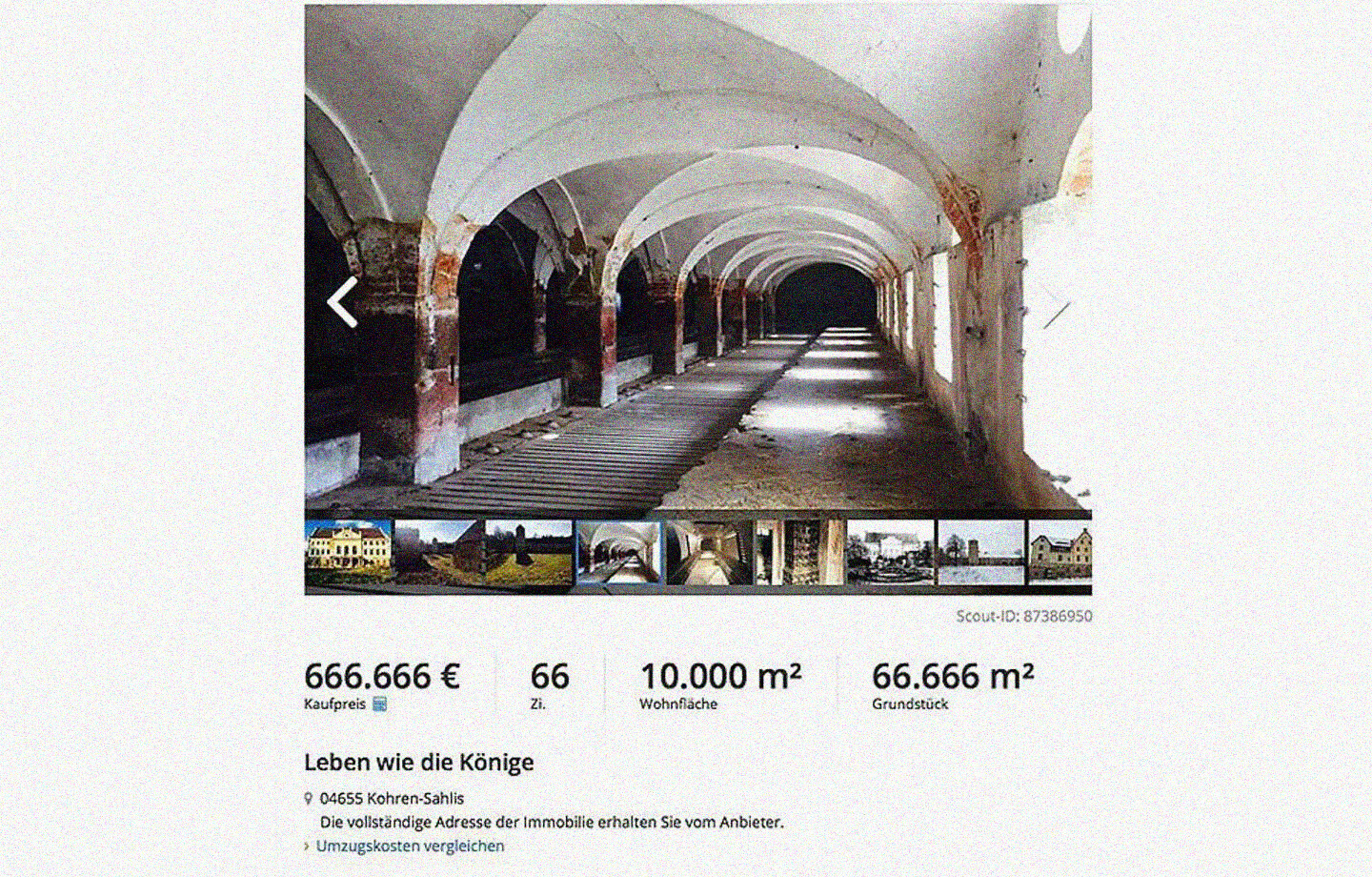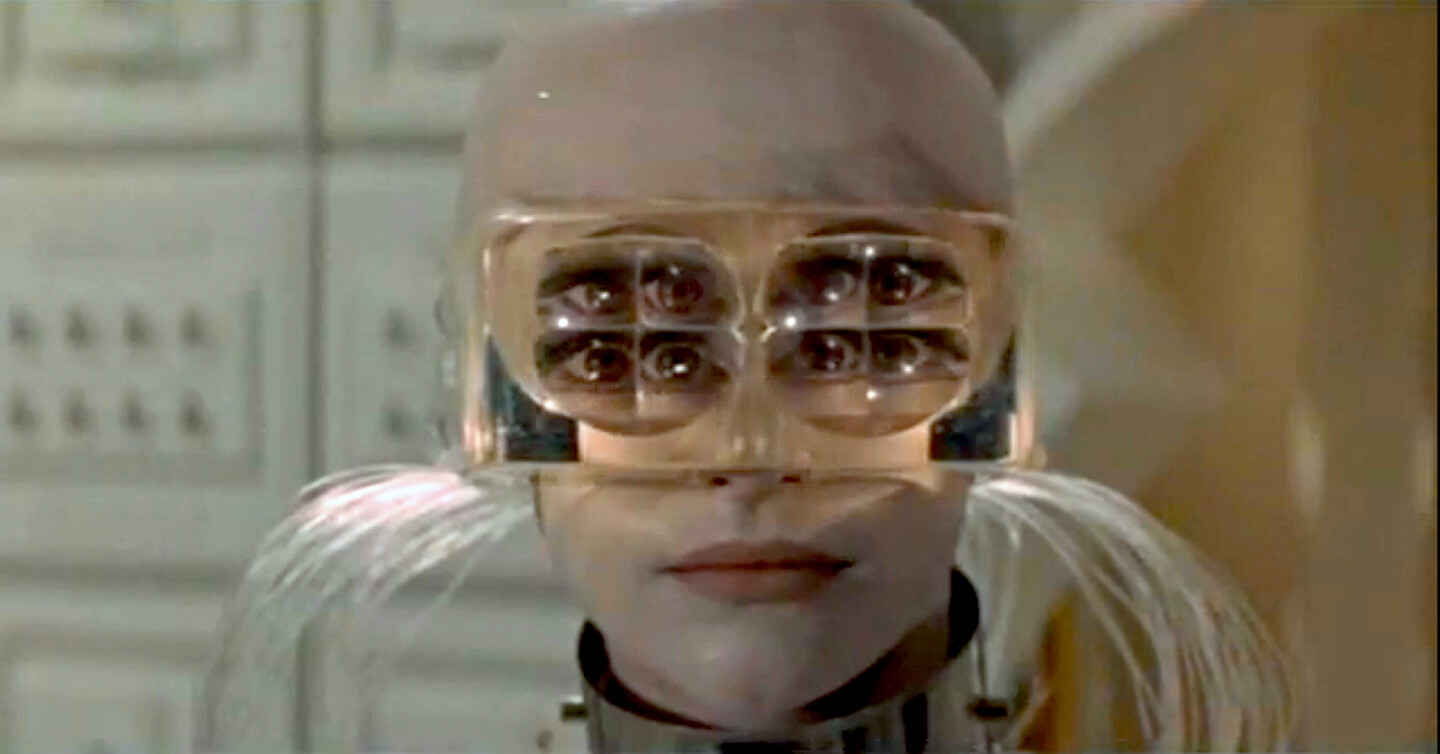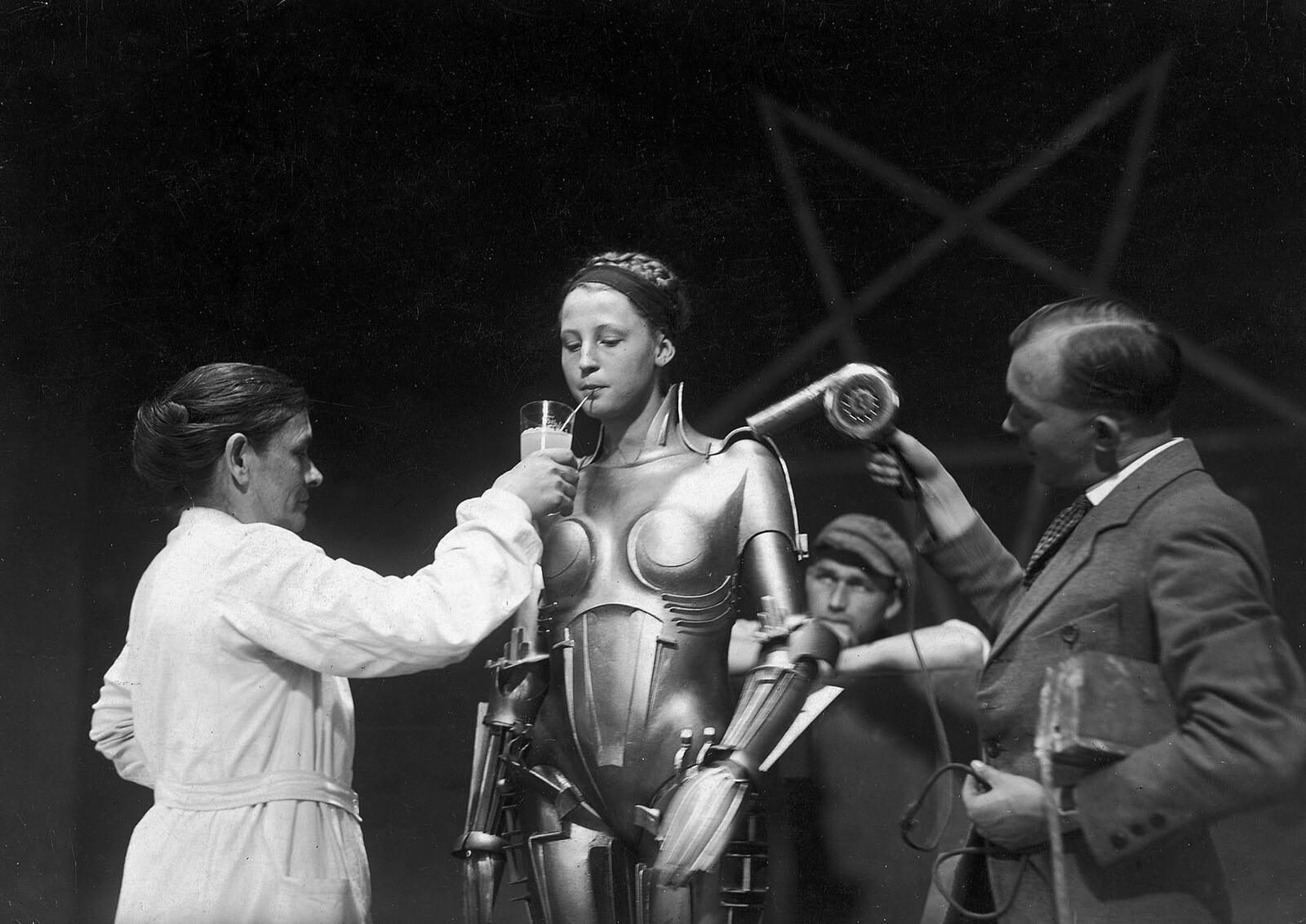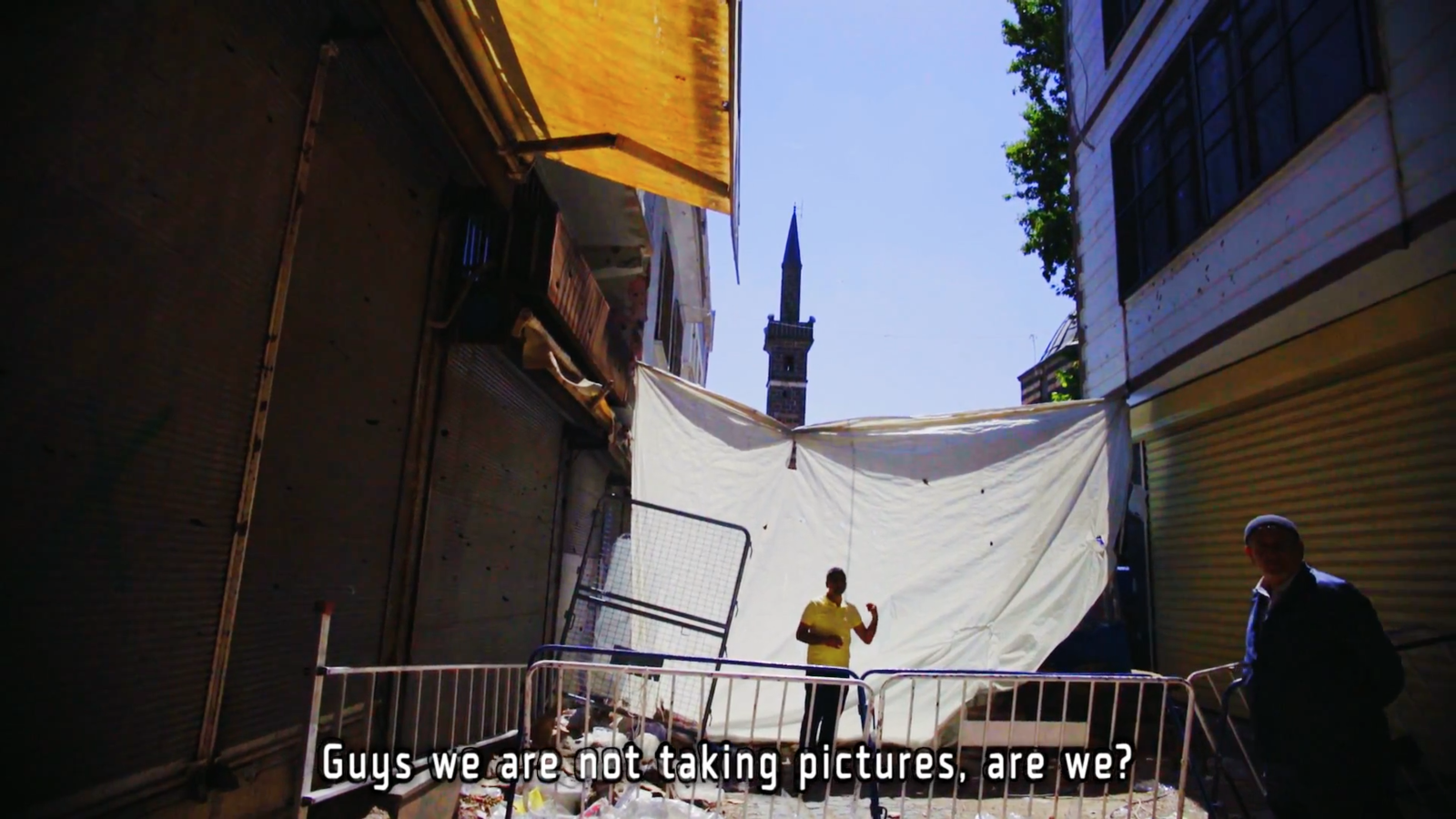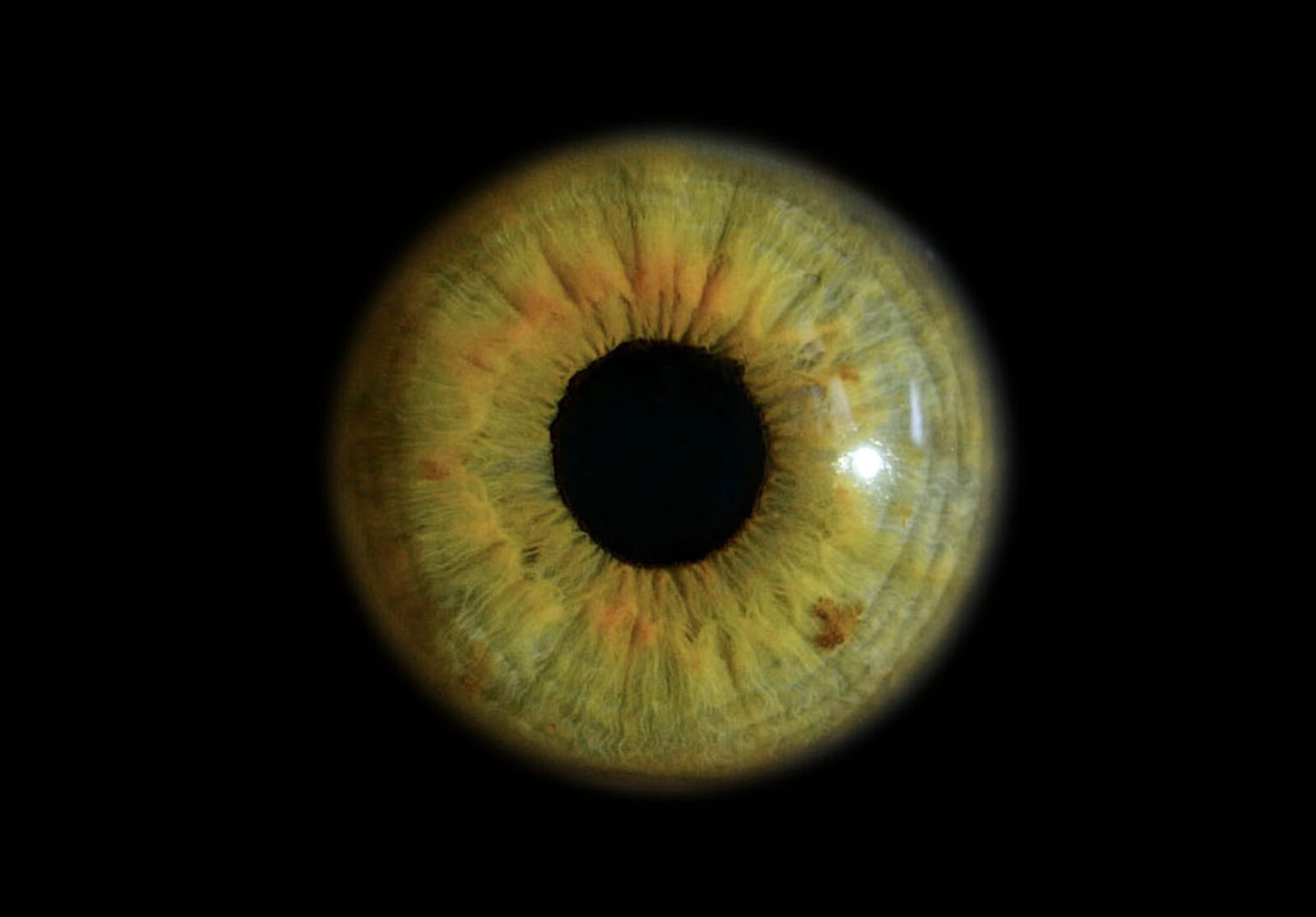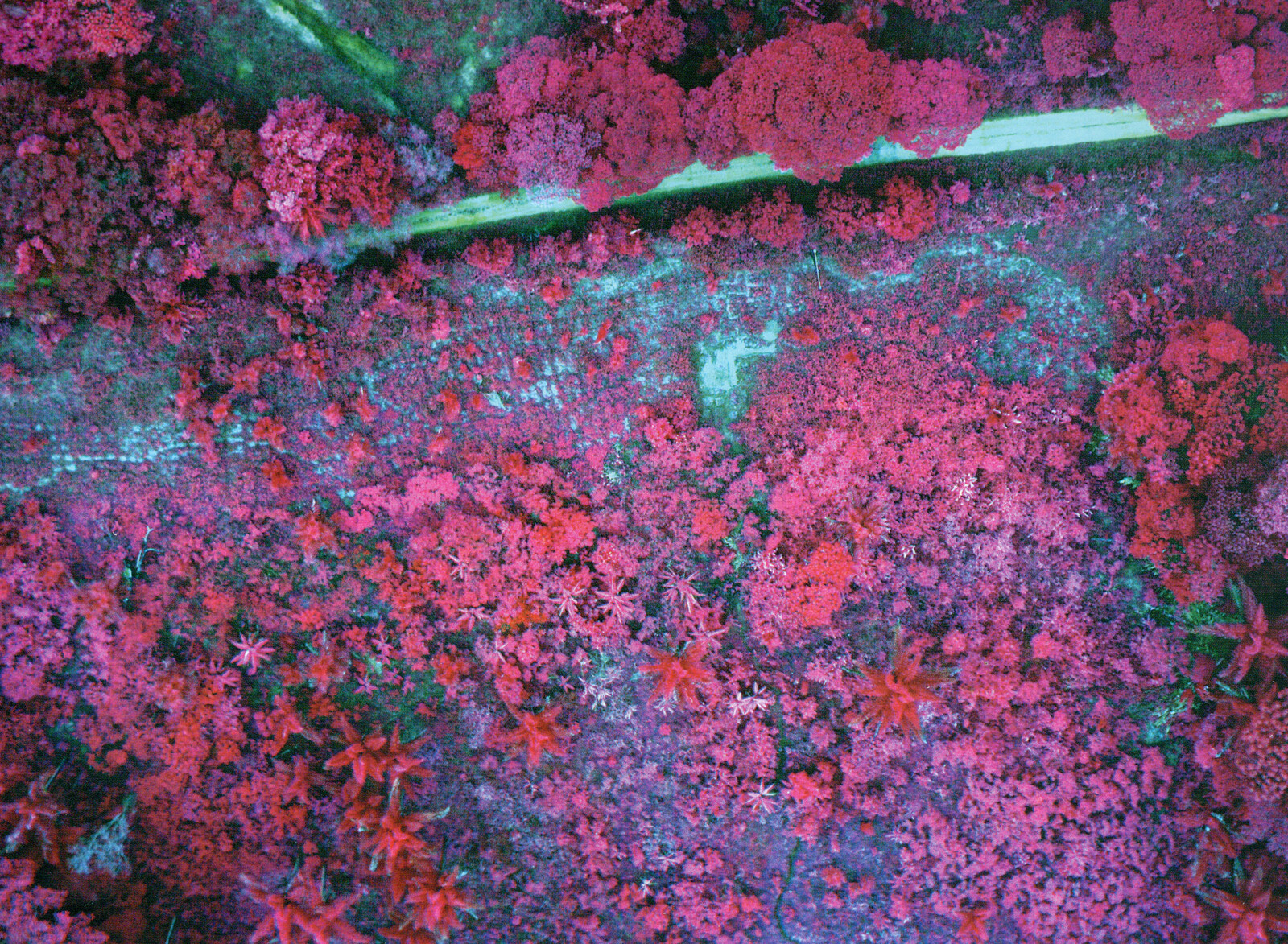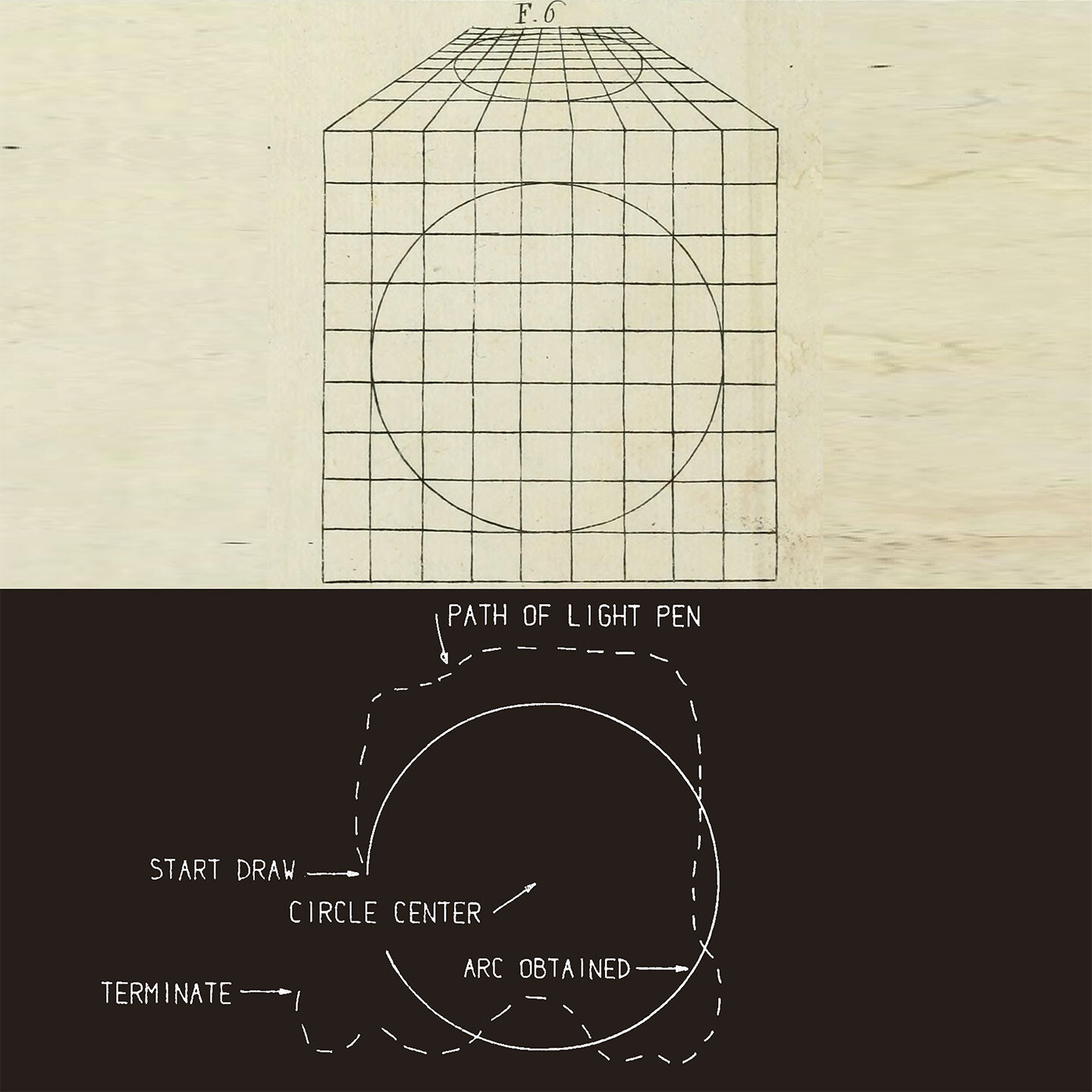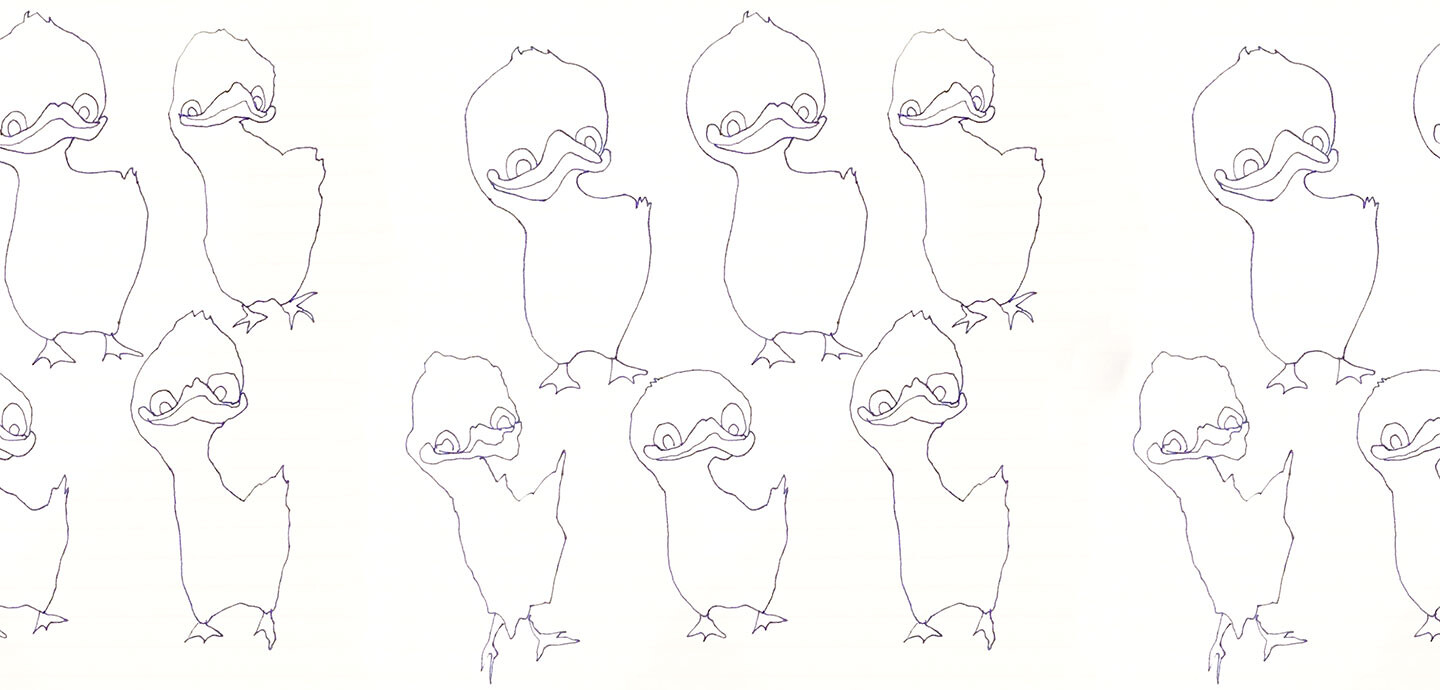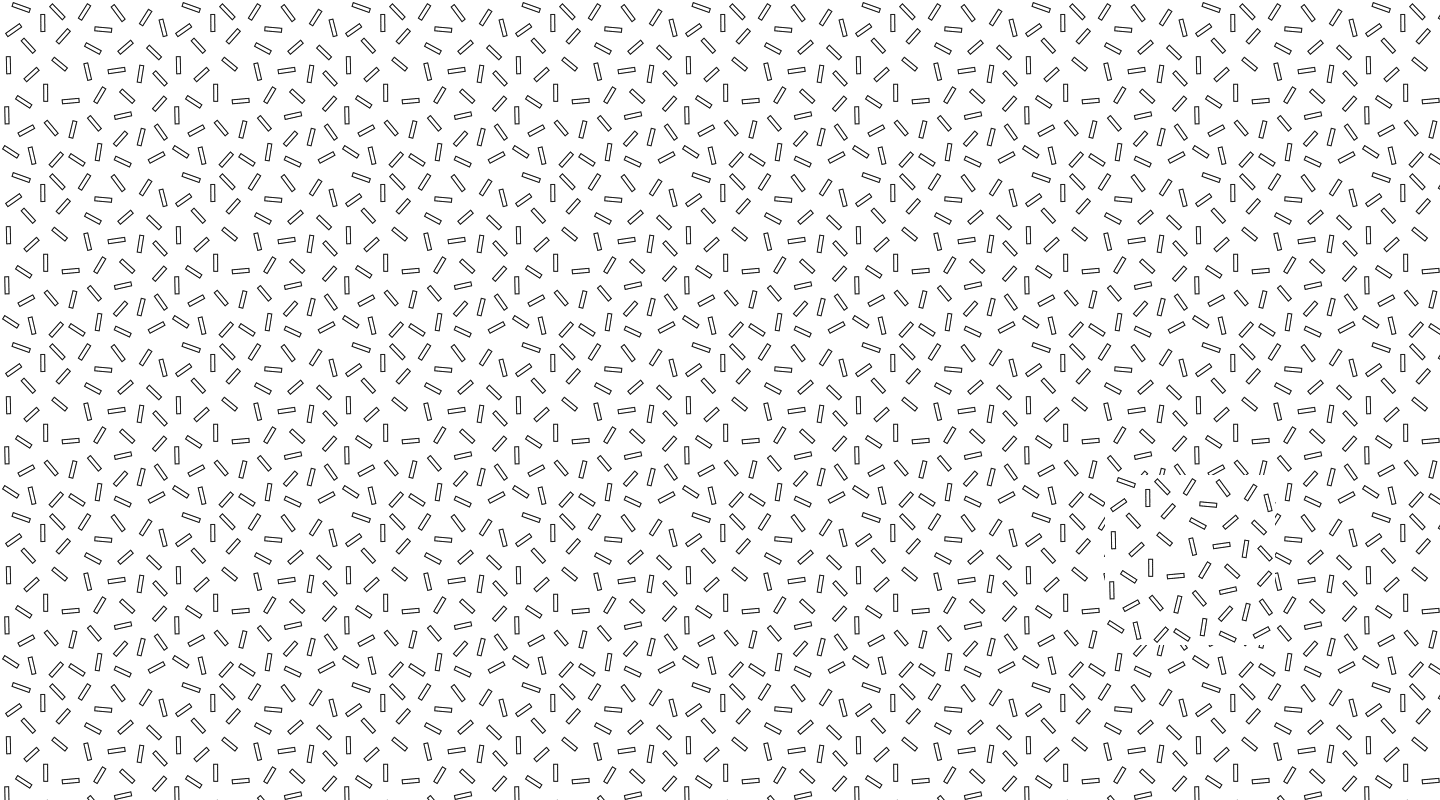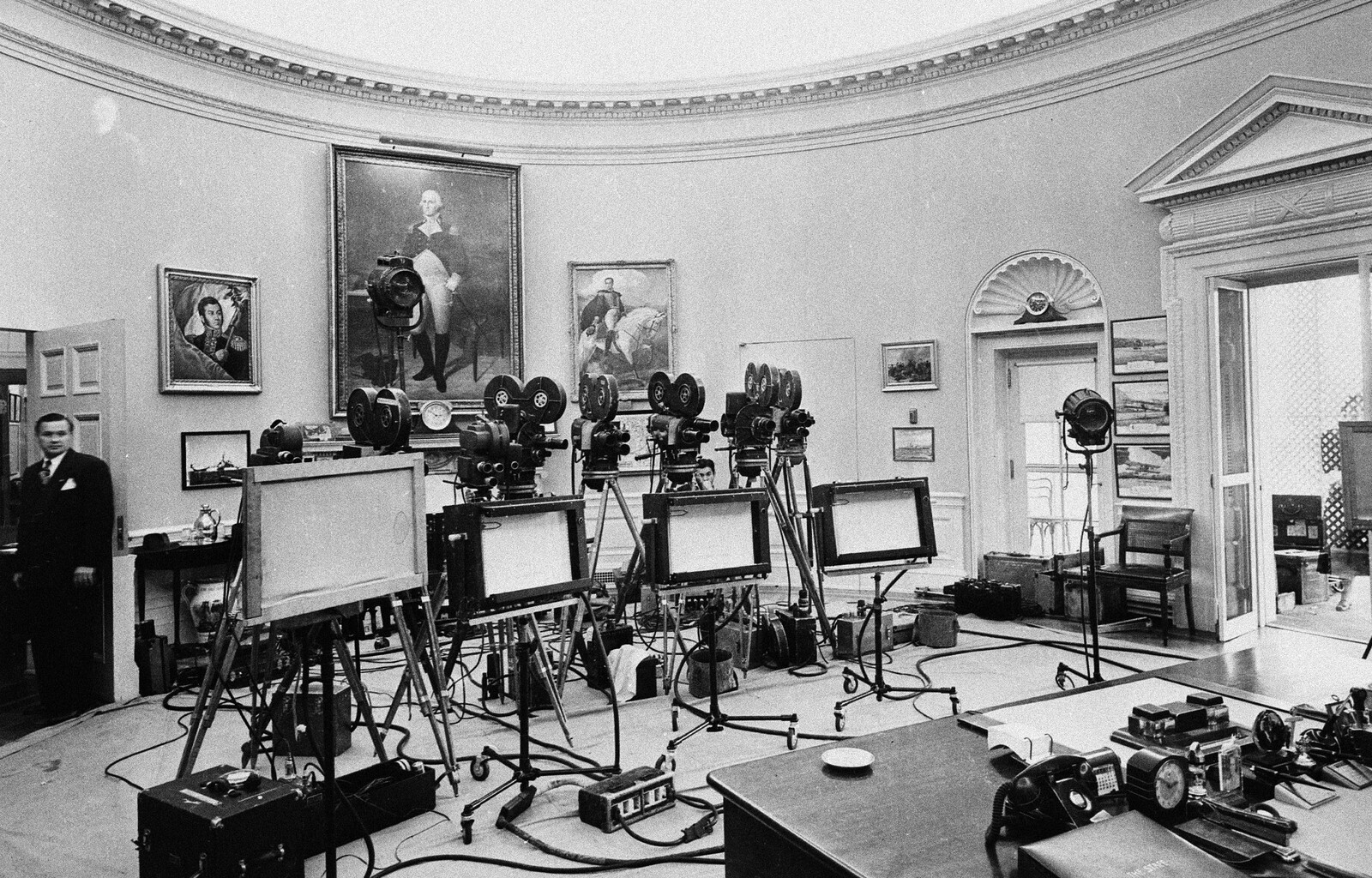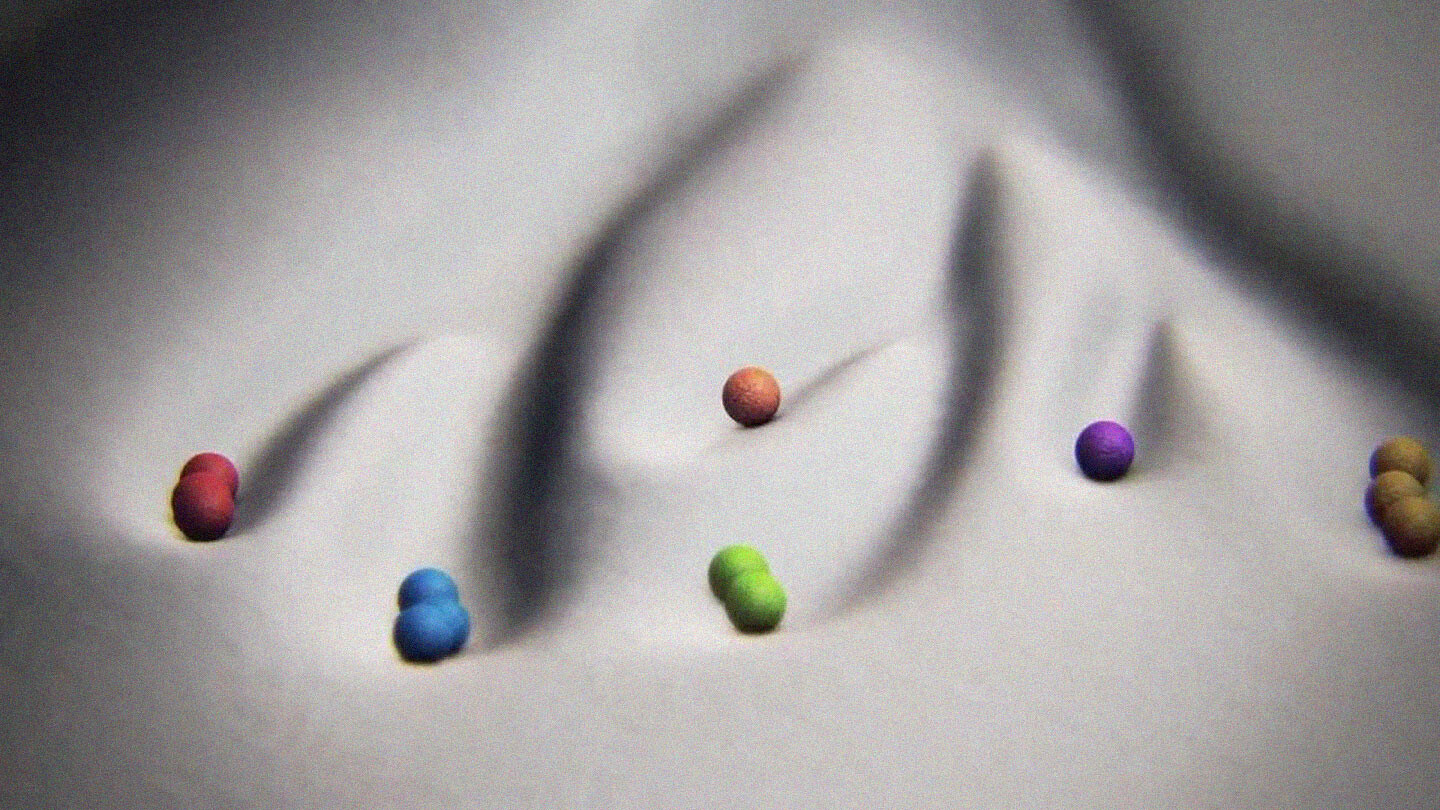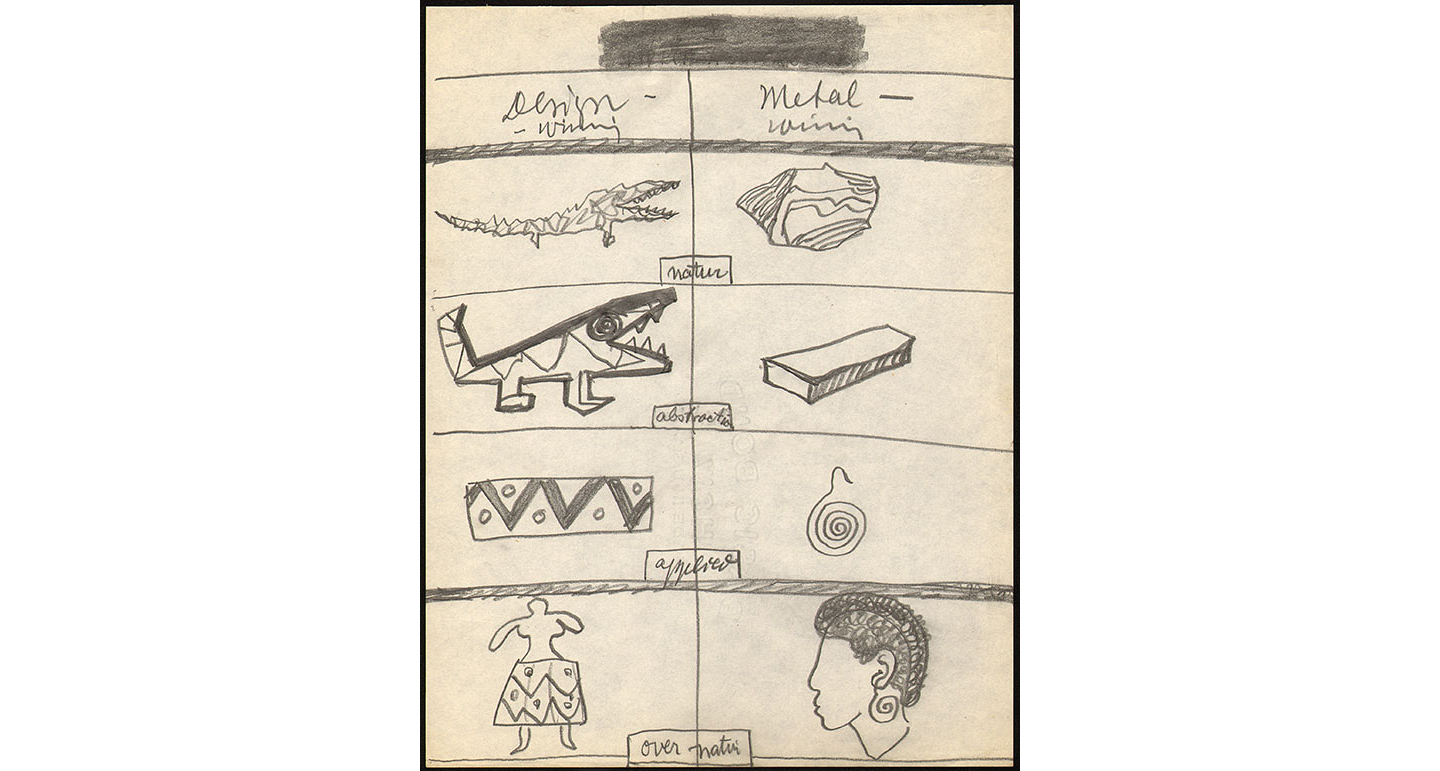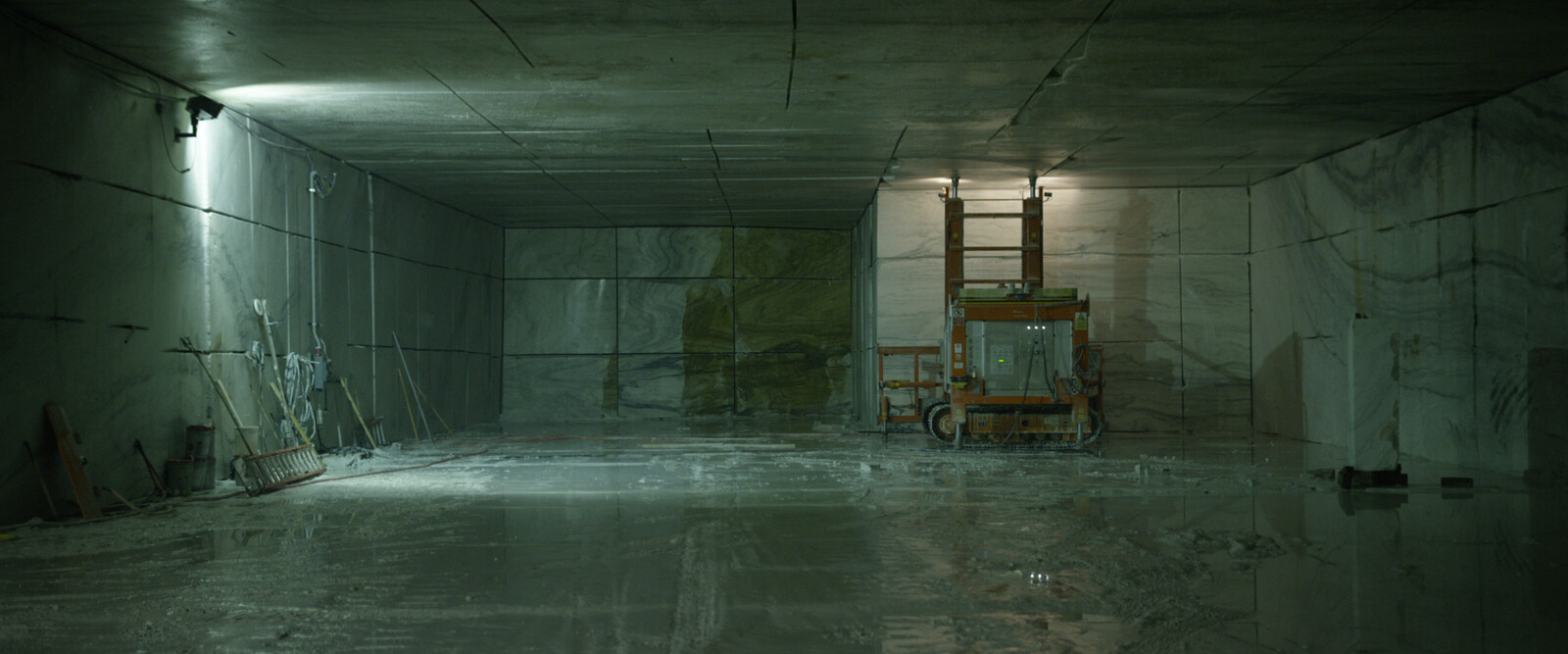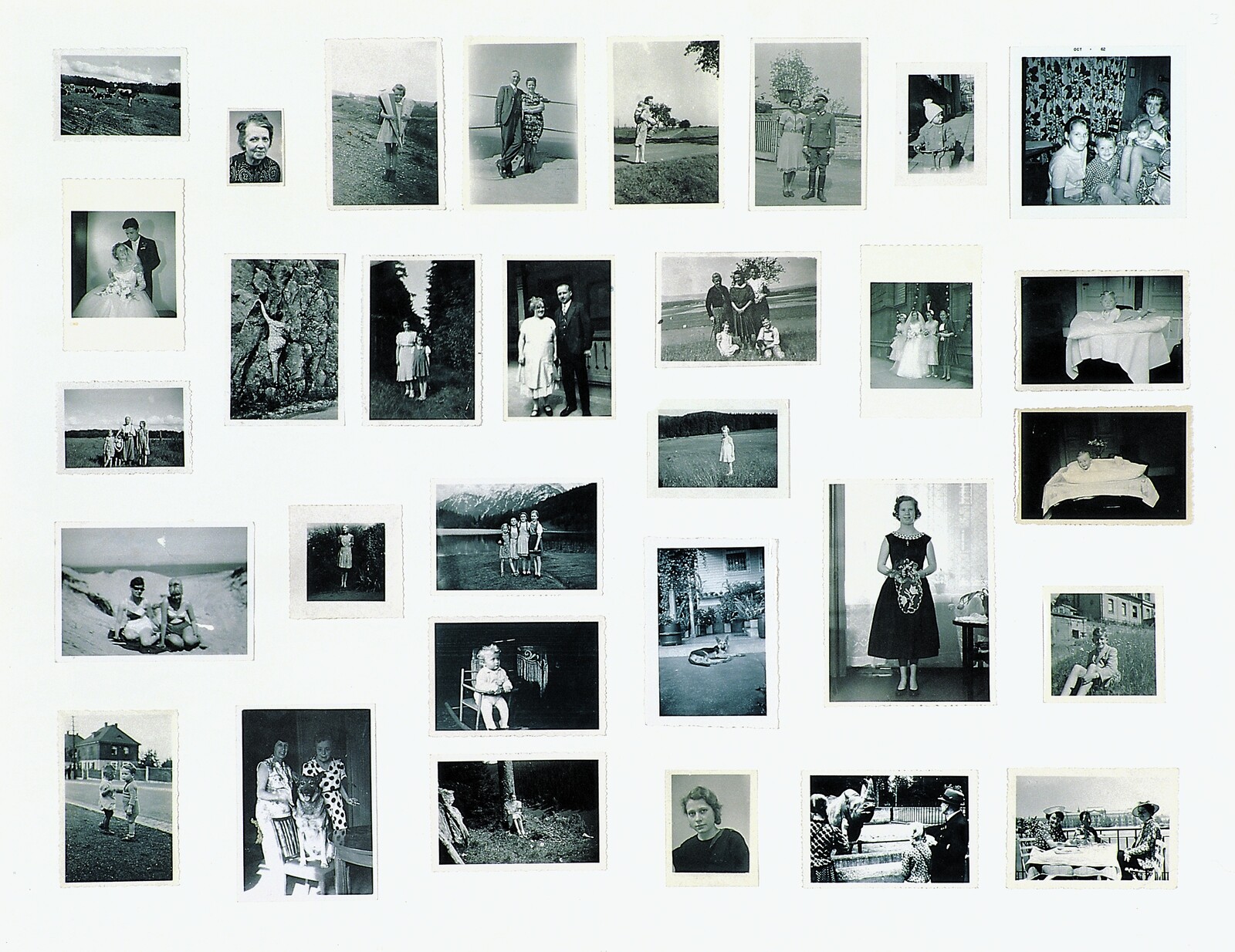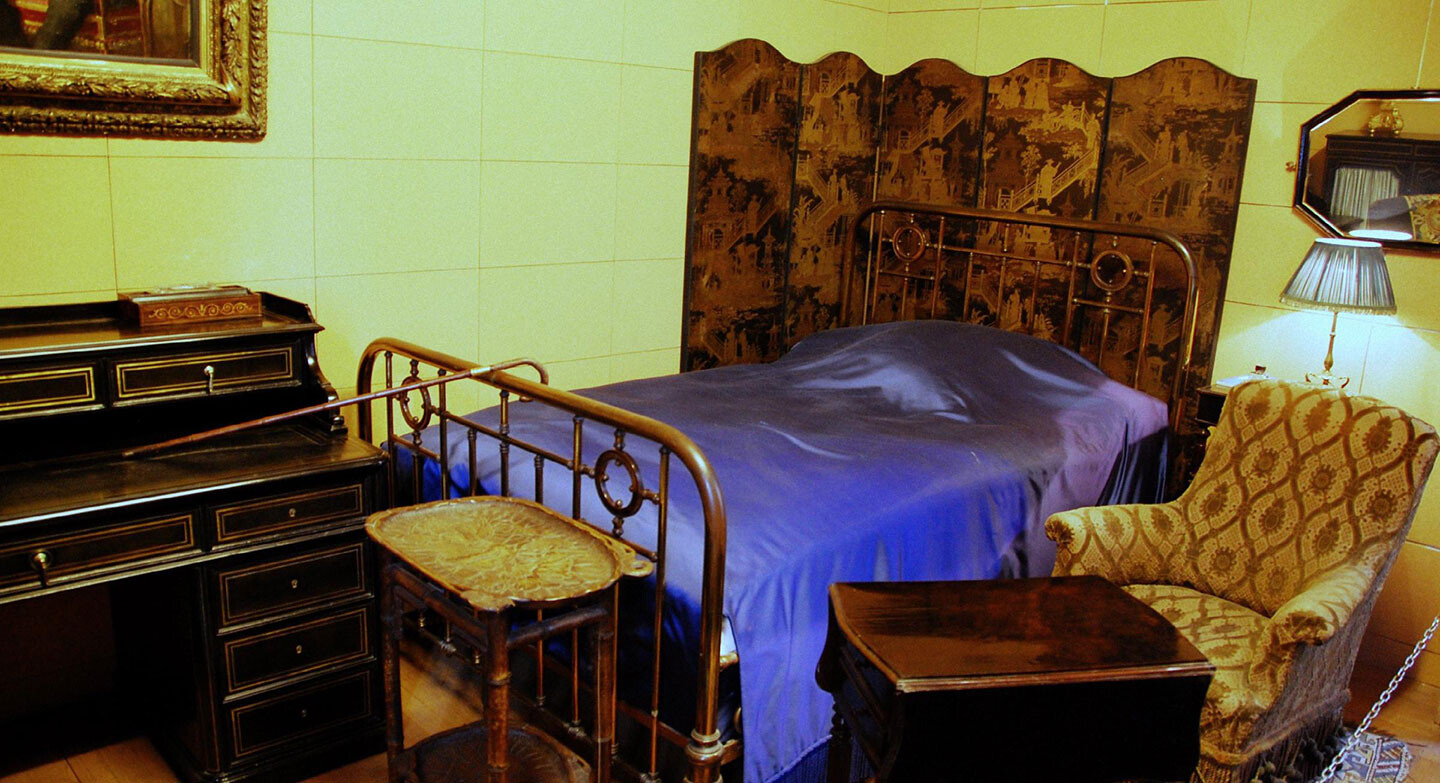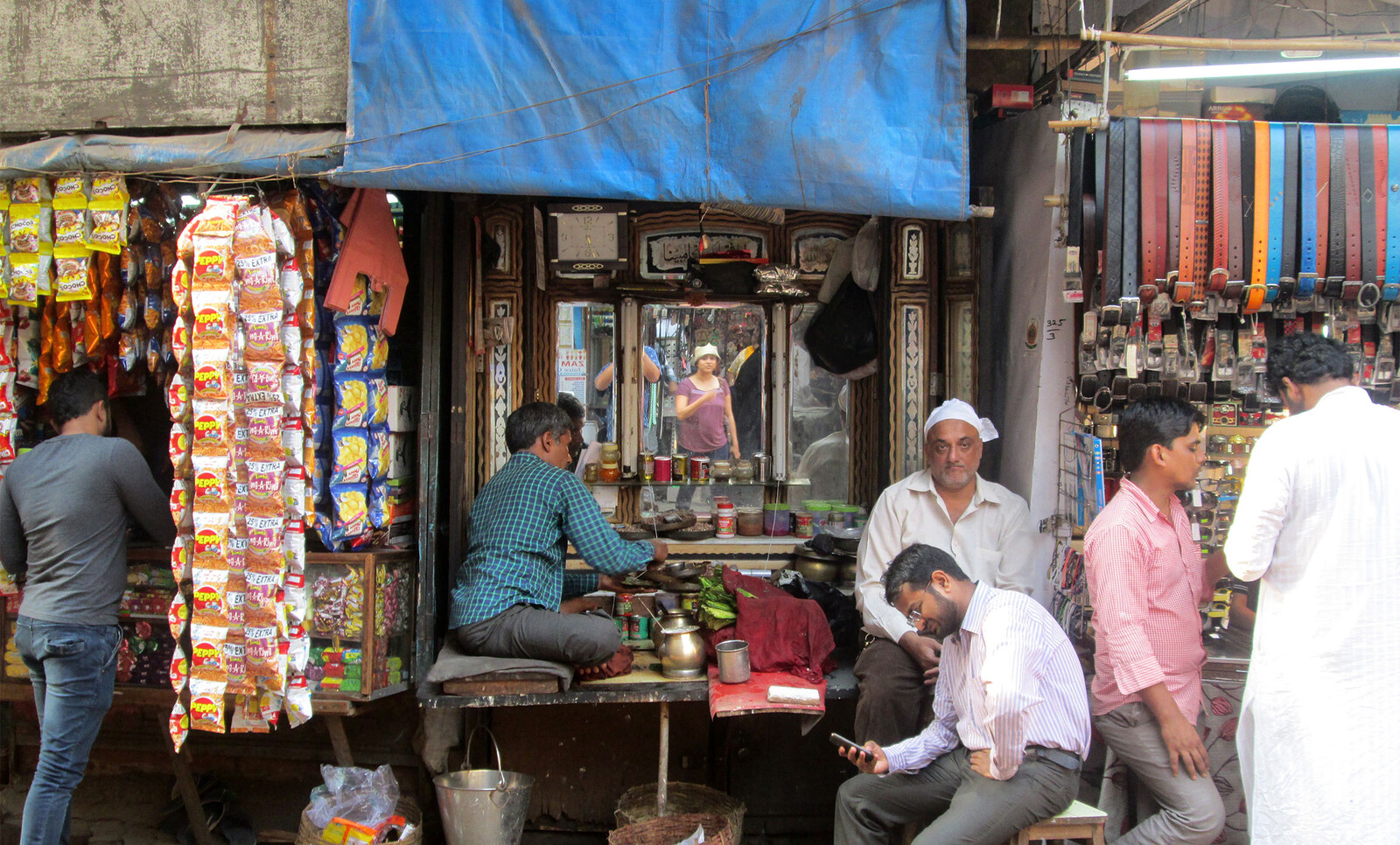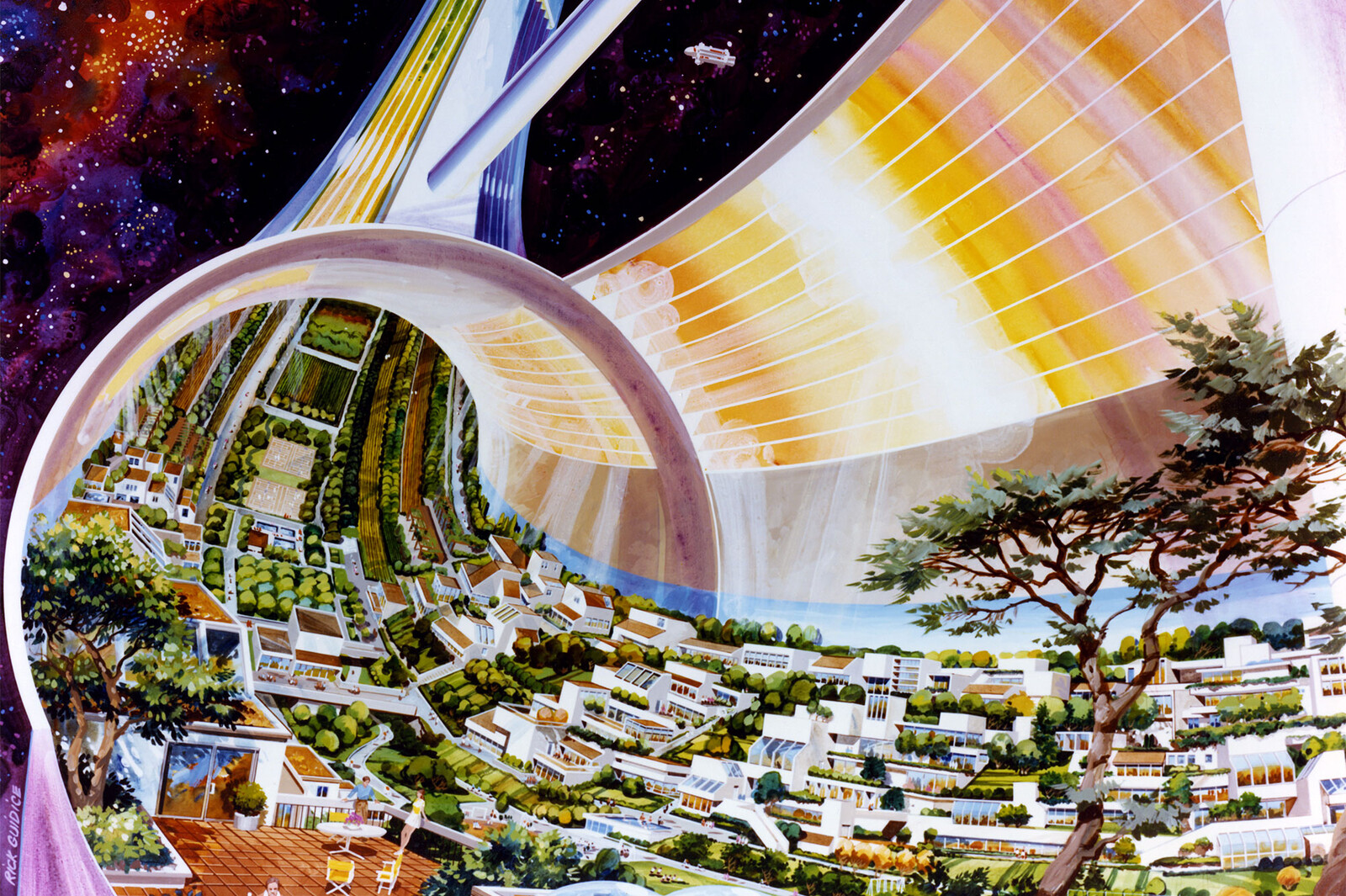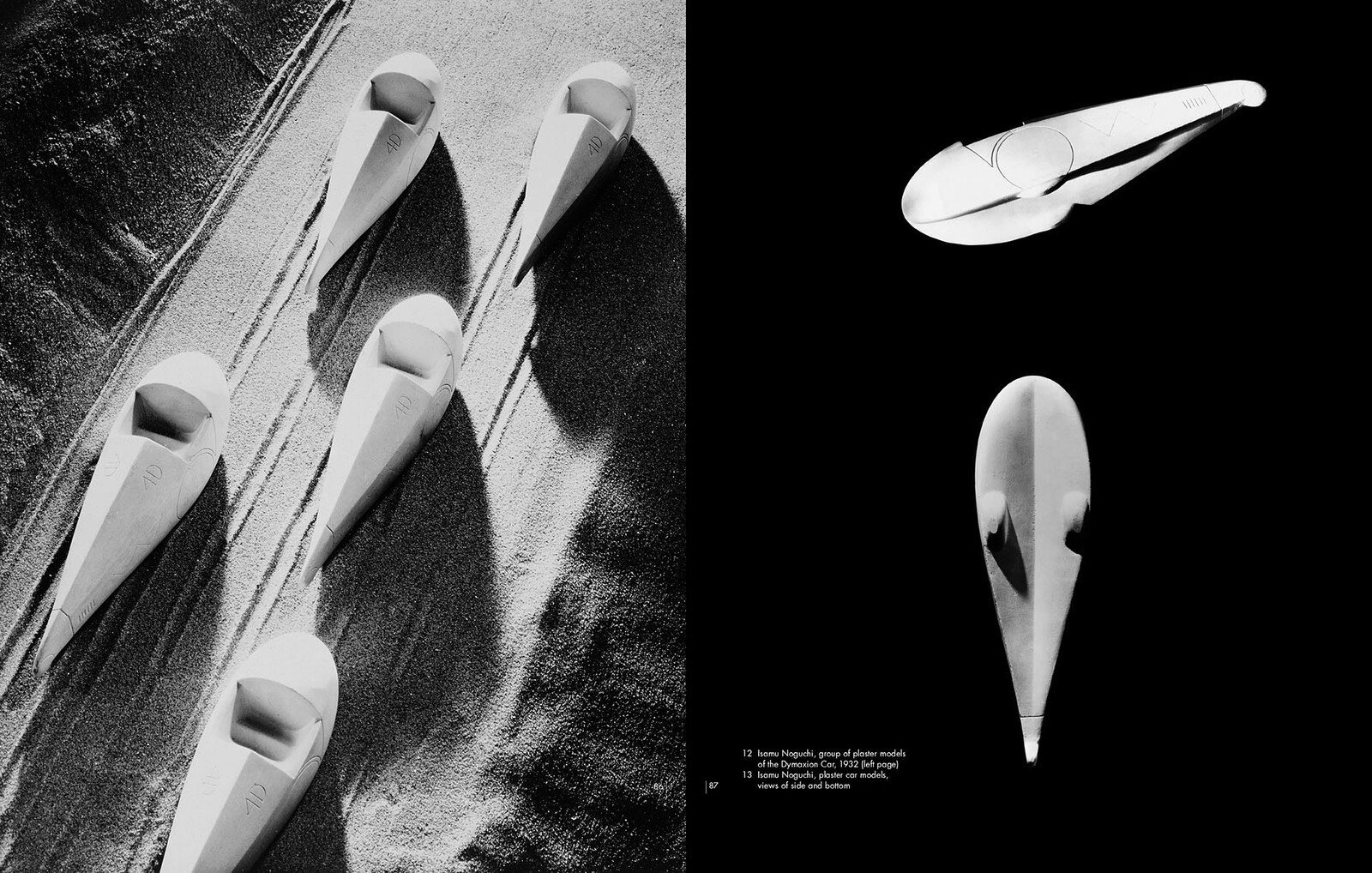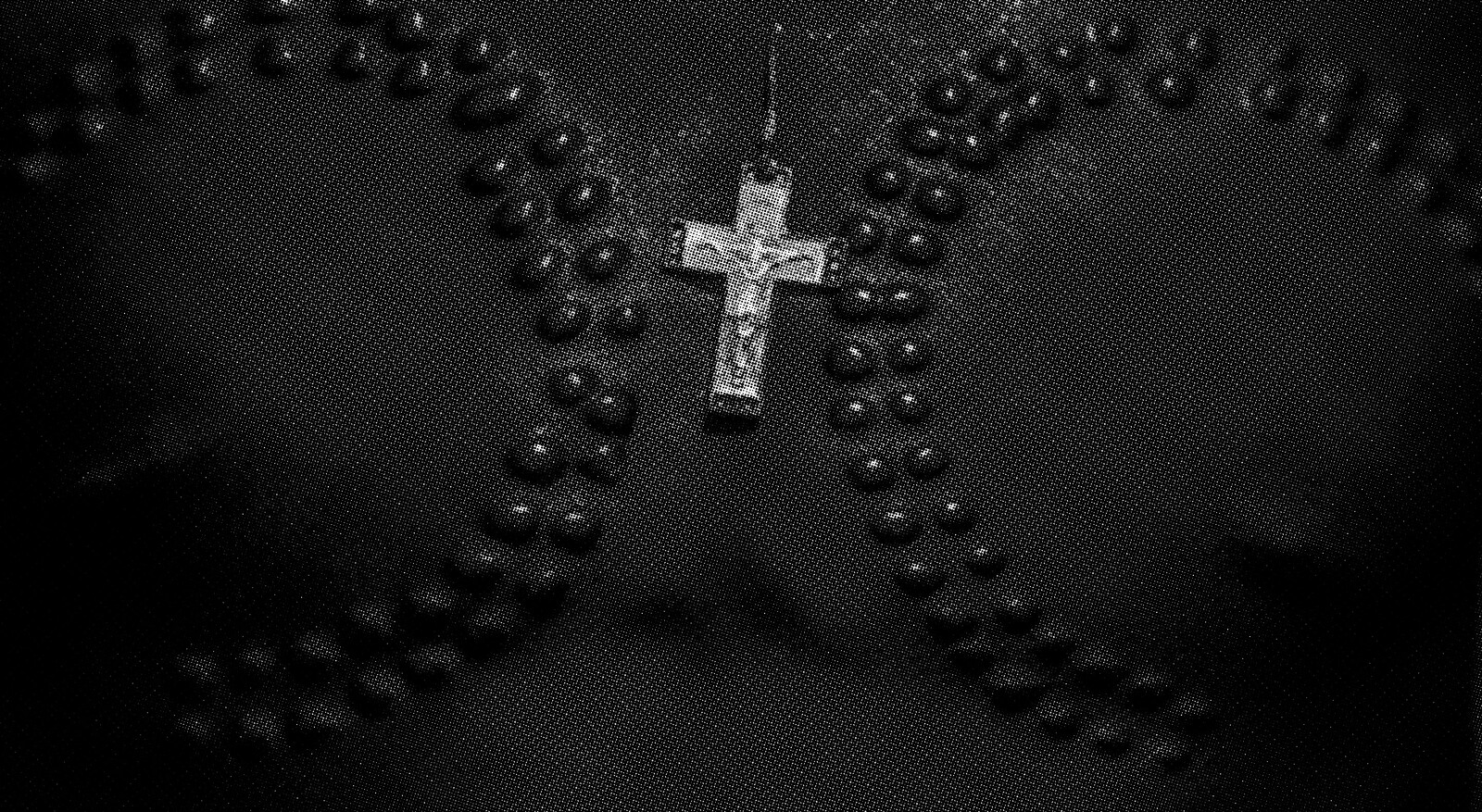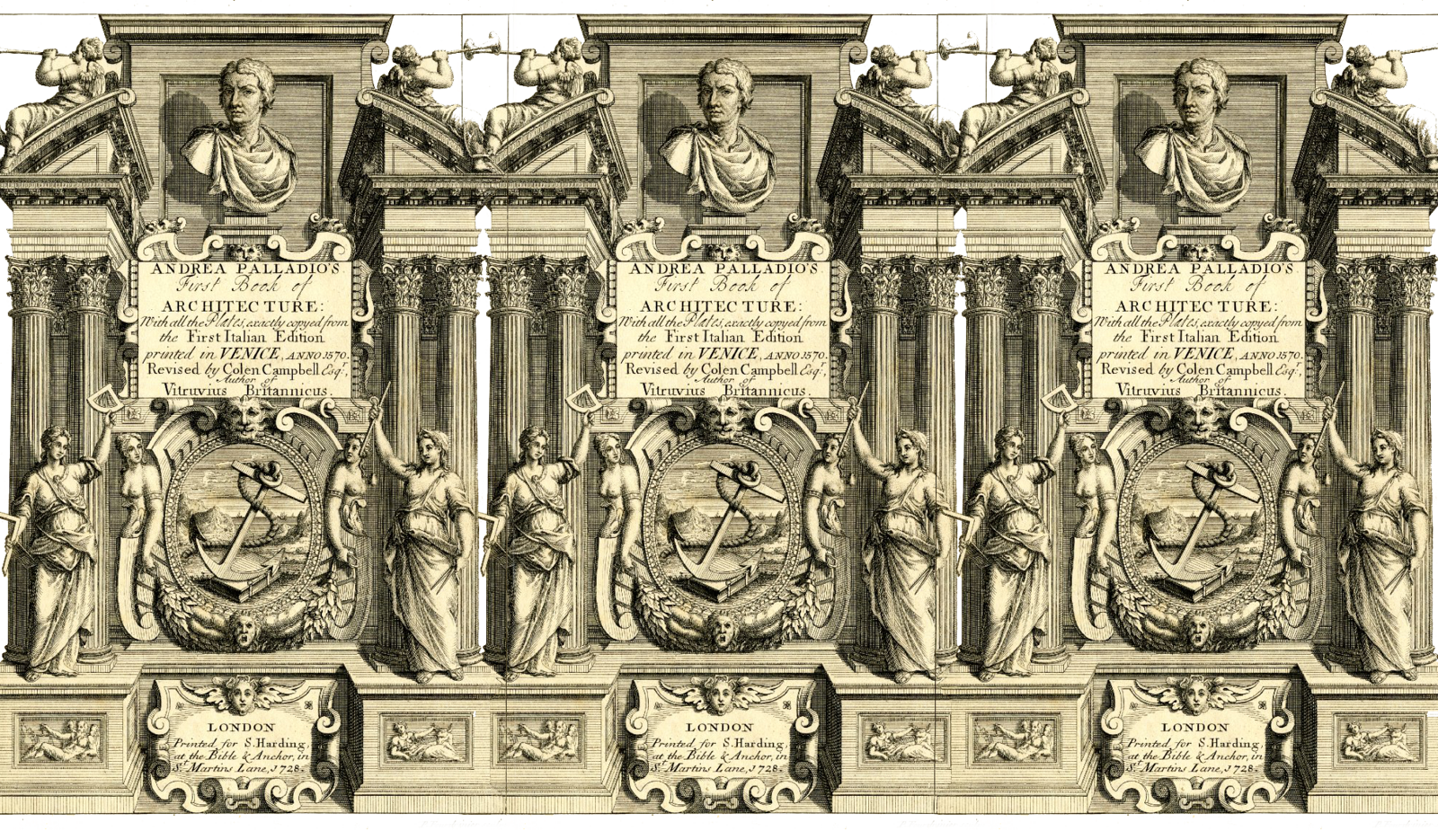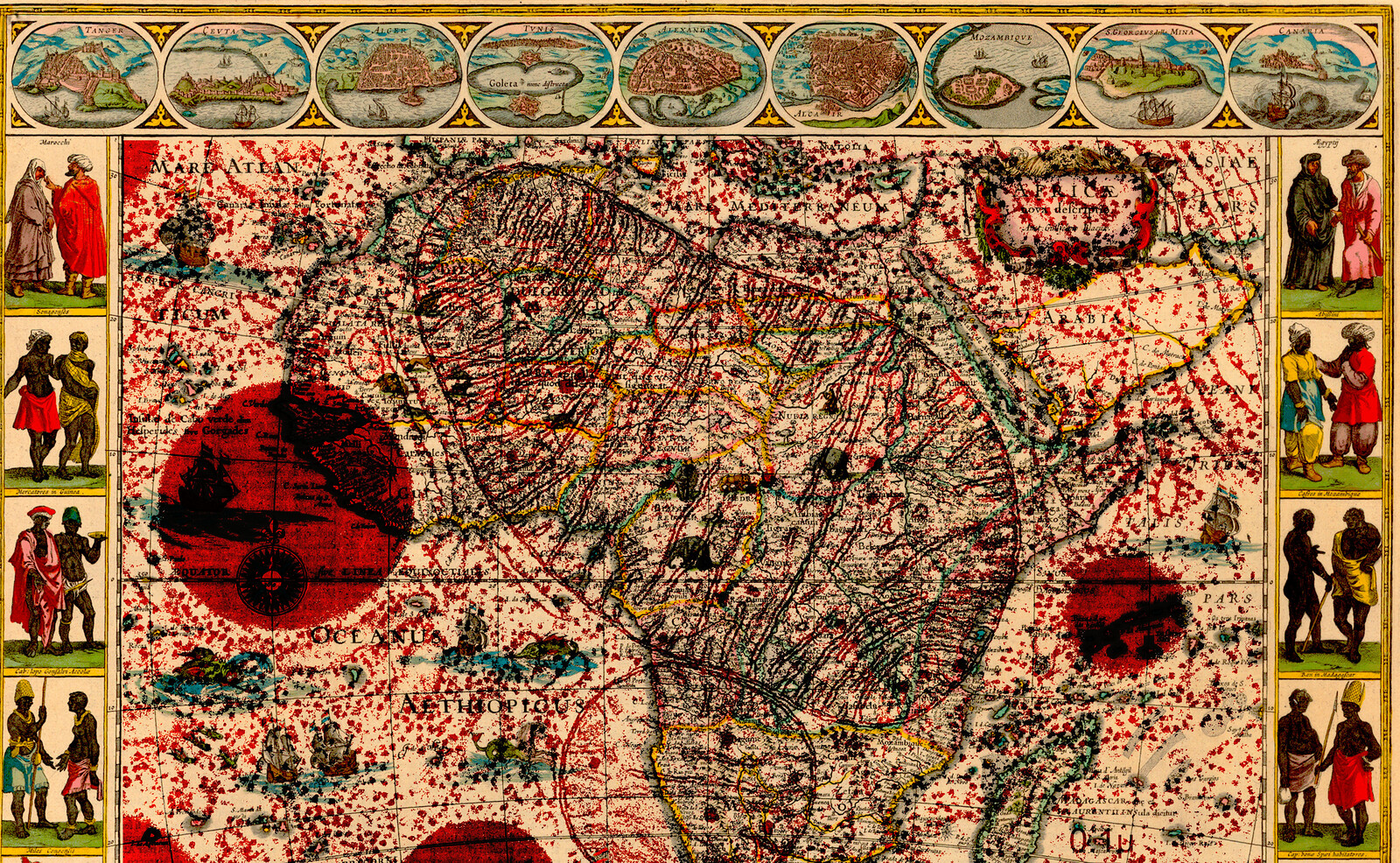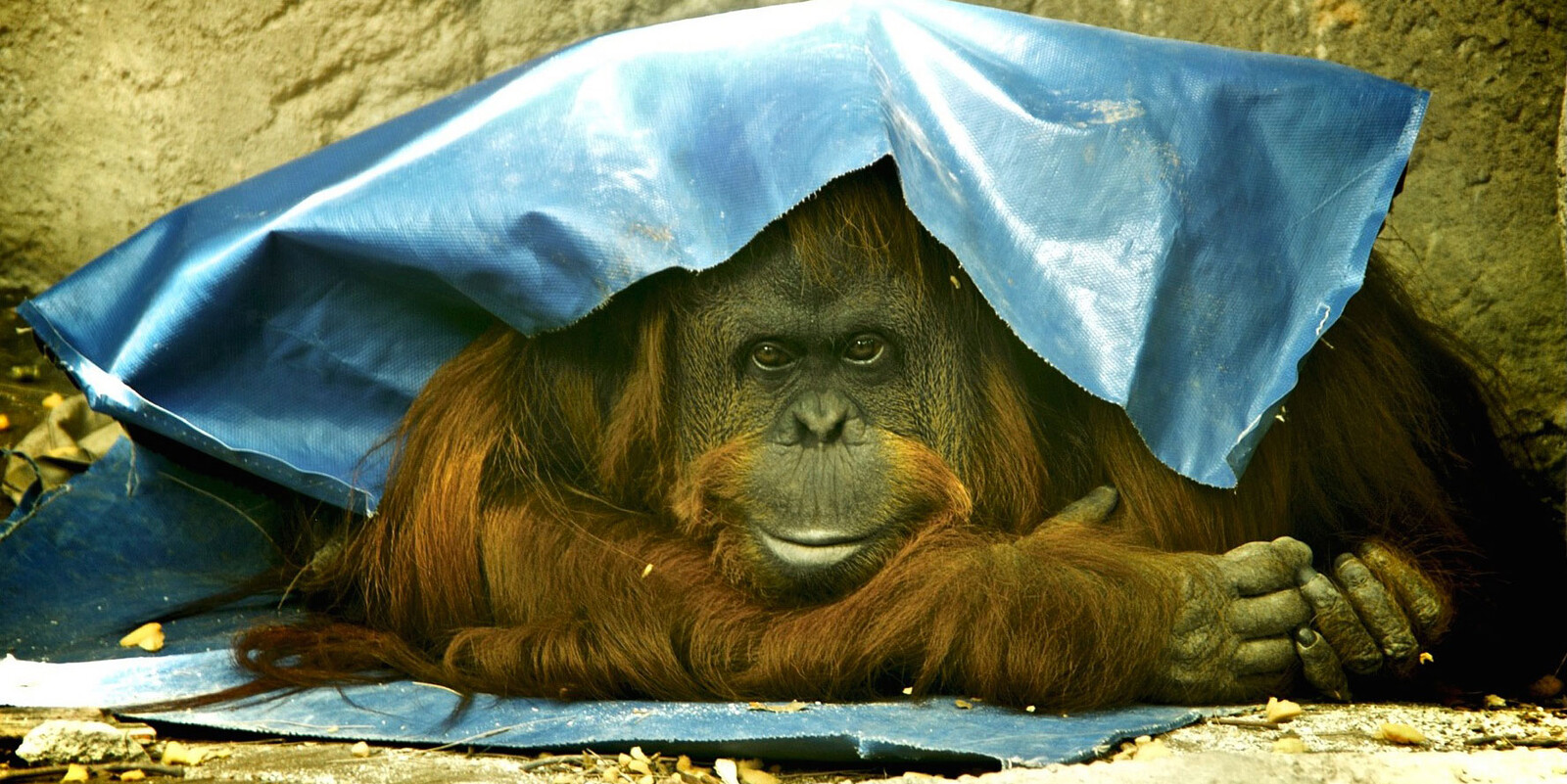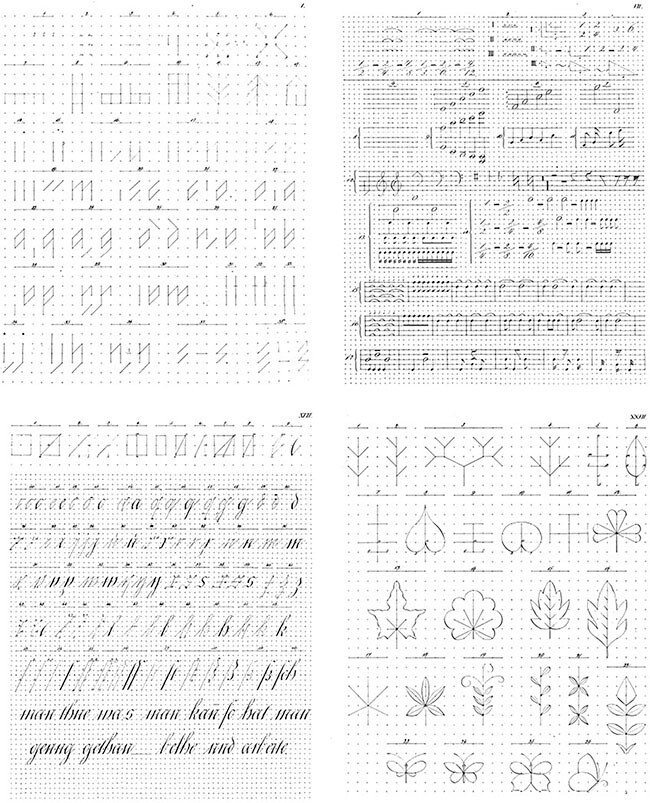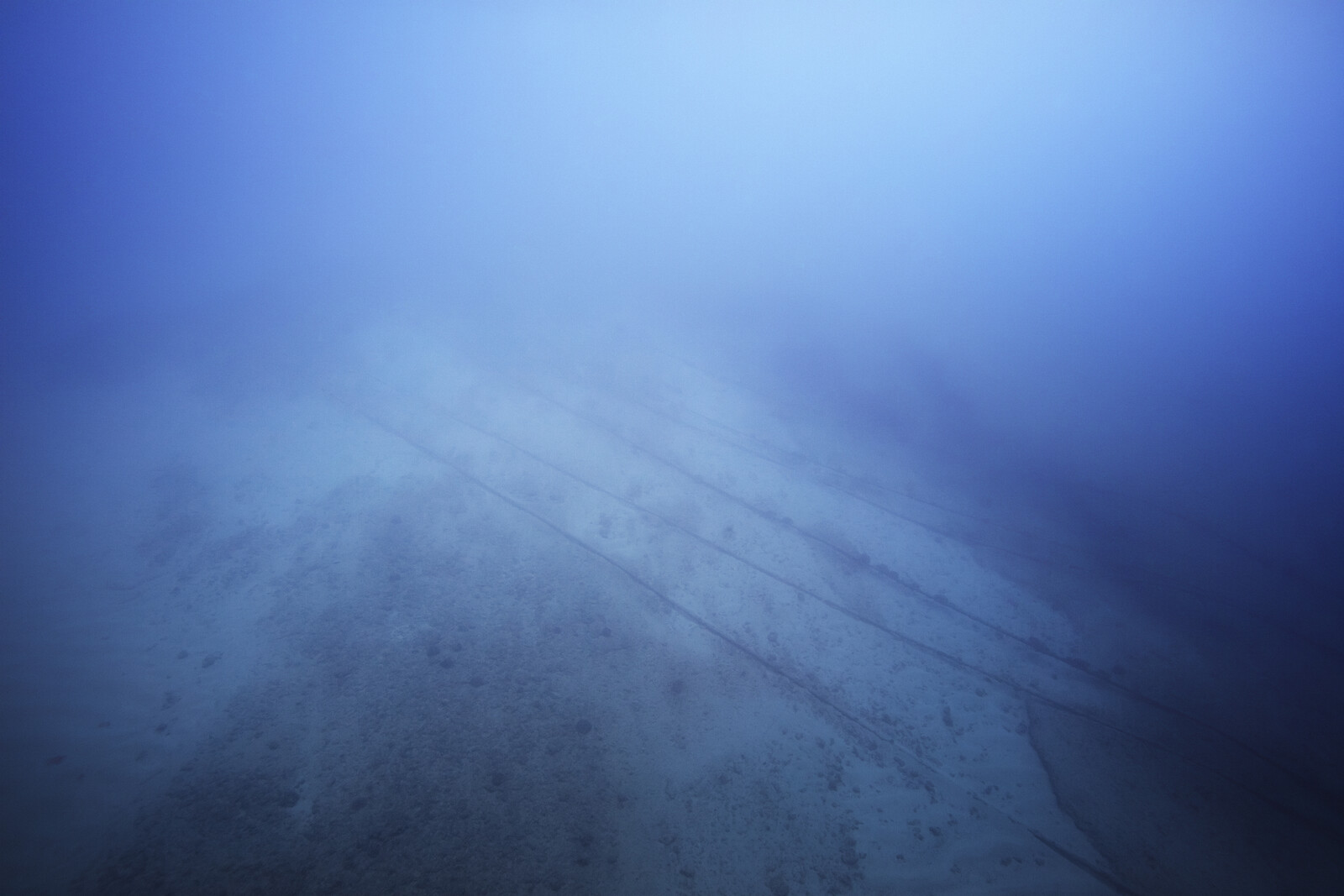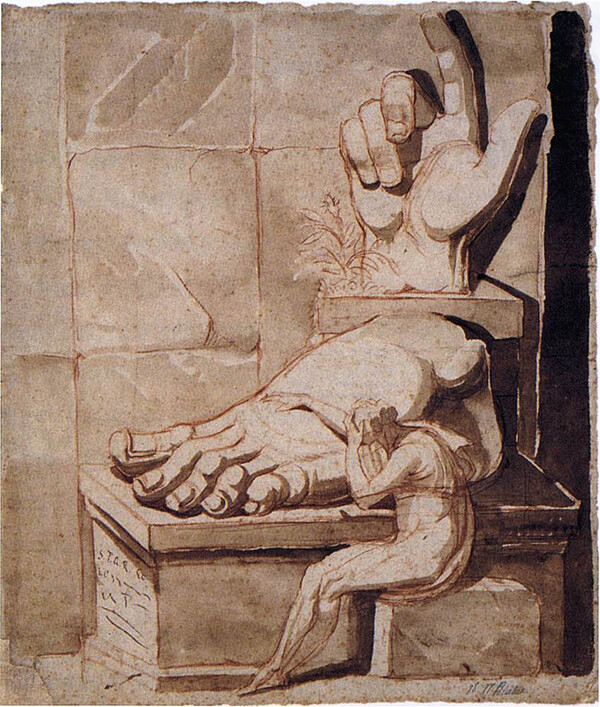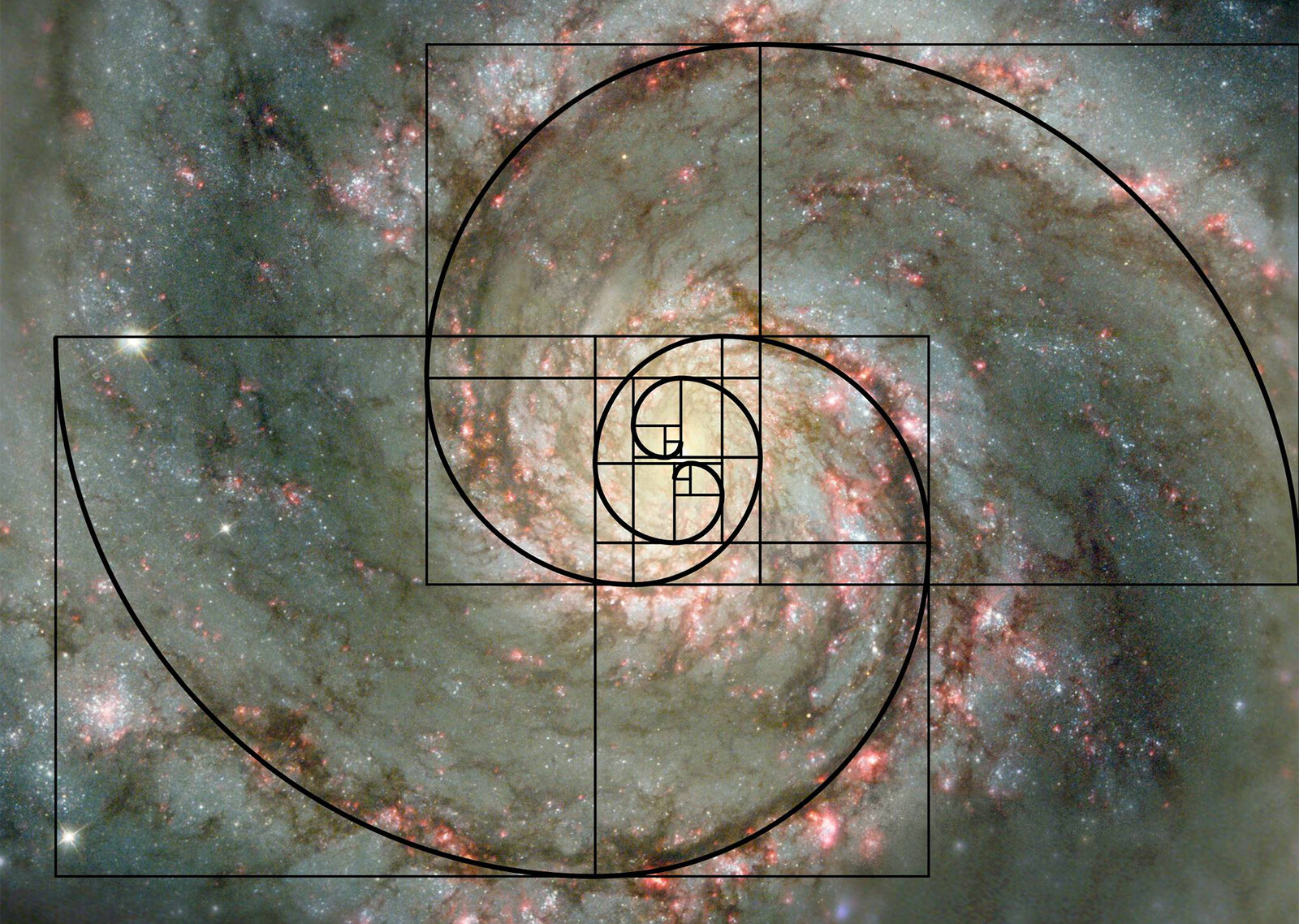The field of design has radically expanded. As a practice, design is no longer limited to the world of material objects, but rather extends from carefully crafted individual looks and online identities, to the surrounding galaxies of personal devices, new materials, interfaces, networks, systems, infrastructures, data, chemicals, organisms, and genetic codes. Our new publication, entitled Superhumanity, aims to probe the idea that we are and always have been continuously reshaped by the artifacts we shape, to which we ask: who designed the lives we live today? What are the forms of life we inhabit, and what new forms are currently being designed? Where are the sites, and what are the techniques, to design others?
During the next several months over fifty writers, scientists, artists, architects, designers, philosophers, historians, archeologists and anthropologists will bring new insight to these and related questions. Contributions will be published several times per week, both on the e-flux website and dispatched as emails. We are very pleased to begin today with a text by Boris Groys.
—Beatriz Colomina, Nikolaus Hirsch, Anton Vidokle, Mark Wigley and Nick Axel
e-flux Architecture at the 3rd Istanbul Design Biennial
Self-Design, or Productive Narcissism
Boris Groys
Our culture is commonly described as being narcissistic. And narcissism is understood as a total concentration on oneself, as a lack of interest in society. However, it is difficult to say that the mythological Narcissus is interested exclusively in himself. Obviously he is not interested in satisfying his desires, which he ascetically rejects. But neither is he interested in an “inner,” “subjective” vision accessible exclusively to his own contemplation, isolating him from others. Rather, he is enchanted by the reflection of his body in the lake presenting itself as an “objective,” profane image—produced by Nature and potentially accessible to everyone. It would be wrong to say that Narcissus is uninterested in others, in society. Rather, he completely identifies his own perspective with an “objective” social perspective. And so he assumes that others will be also fascinated by his own worldly image. As a member of Greek culture, he knows that he shares the aesthetic taste of other Greeks.
The contemporary Narcissus, however, cannot be so certain of their own taste. Today we are unable to like ourselves if we are not liked by the society in which we live. And in our society we have to become active if we want to be the objects of others’ admiration. Contemporary subjects cannot only rely on the looks they were born with: they must practice self-design, and produce their own image with the goal of becoming liked by society. Even those whose activities are limited to taking selfies must still actively distribute them to get the “likes” they want. But self-design does not stop here. We also produce aesthetically relevant things and/or surround ourselves with things we believe to be impressive and seductive. And we act publicly—even sacrificing oneself in the name of a public good—in order to be admired by others.
Alexandre Kojève believed that the desire to be desired is specifically human—that it is precisely what makes us human, what distinguishes us from animals. The animal, “natural” desire always negates the object of desire: if I am hungry, I eat bread, and thus destroy the bread. If I am thirsty I destroy water by drinking it. But there is also the anthropogenic desire—not for particular things but for being desired: “Thus, in the relationship between man and woman, for example, Desire is human only if one desires not the body but the desire of the other.”1 It is this anthropogenic desire that initiates and moves history: “human history is the history of desired Desires.” 2 Kojève describes history as being moved by heroes pushed to sacrifice themselves in the name of humankind by this specifically human desire: the desire for recognition, for becoming an object of society’s admiration and love. The desire for desire produces self-consciousness and even the “self” as such, but it is also what turns the subject into an object—ultimately, a dead object. Kojève writes: “Without this fight to the death for pure prestige, there would never have been human beings on Earth.”3 The subject of the desire for desire is not “natural” because it is ready to sacrifice all natural needs and even “natural” existence for an abstract Idea of recognition. By renouncing everything natural this subject becomes historical, insofar as it is constituted by the desire for historical recognition. Thus, this subject becomes dependent on the historical conditions of recognition: on the existence of mankind. None are as interested in the survival and well-being of society as the contemporary Narcissus.
This interest is characteristically modern, secular, atheistic. As long as God was considered to be alive, the design of the soul was more important than the design of the body. The subject wanted their soul to be loved or at least recognized by God. The desire for admiration by others, by society, was regarded as a sin because it substituted “worldly” recognition for the only true spiritual recognition—external values for inner values. Thus, the relationship of the subject to society was ethical: one did something good for society to please God—not society itself. The death of God signified the disappearance of the divine viewer of the soul, the viewer for whom the soul had been designed for centuries. In the secular age, God was substituted by society, and thus, instead of an ethical relationship, our relationship to society became erotic. Suddenly, the only possible manifestation of human subjectivity became its design: the look of the clothes in which humans appear, the everyday things with which they surround themselves, the spaces they inhabit, and so forth. Where religion once was, design emerged.
As a result, design has transformed society itself into an exhibition space in which individuals appear as both artists and self-produced works of art. Modern design thus avoids Kant’s famous distinction between disinterested aesthetic contemplation and the use of things guided by interests. For a long time after Kant, disinterested contemplation was considered superior to a practical attitude, as a higher, if not the highest, manifestation of the human spirit. But already by the end of the nineteenth century, the vita contemplativa was thoroughly discredited and the vita activa was elevated to the true task of humankind. At least since Guy Débord’s Society of the Spectacle, design has been accused of seducing people into weakening their activity, vitality, and energy—of making them passive consumers who lack will, who are manipulated by omnipresent advertising to become victims of capital. The apparent cure for this trance was a shocklike encounter with the “real” capable of rescuing people from their contemplative passivity and moving them to action, to the only thing that promises an experience of truth as living intensity. The only debate that remained was over the question of whether such an encounter with the real was still possible, or whether the real has definitively disappeared behind its designed surface.
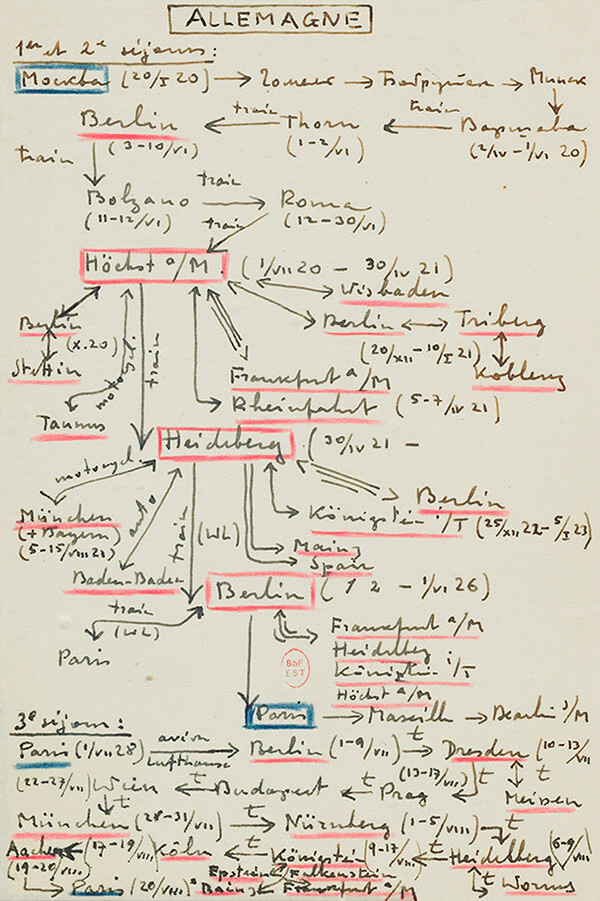

A diagram from Kojève´s archive registers his travels in Europe. The exhibition “After History: Alexandre Kojève as a Photographer” at BAK (Basis voor actuele Kunst), Utrecht, curated by Boris Groys, included nearly 400 photographs taken by the philosopher between the 1950s and 1960s while traveling in Ceylon (Sri Lanka), China, India, Iran, Japan, Nepal, Russia, and throughout Western Europe, as well as over 1,700 postcards that he collected during his lifetime. Copyright: Bibliothèque nationale de France. Photo: Nina Kousnetzoff
However, the subject of self-design clearly has a vital interest in the image on offer to the outside world. This subject is therefore not passive, but active and productive. Where it was once both a privilege and a burden for the chosen few, in our time self-design has become the mass cultural practice par excellence. The internet is a place for self-presentation—from Facebook to YouTube to Instagram—but likewise in the “real,” or let’s say “analog” world, one is expected to be responsible for the image they present to the gaze of others. The subject of self-design is therefore not only interested in their own existence, but also in that of mankind, their only possible spectator. Like a lover’s interest in the existence of a partner to find love and be loved by, the subject of self-design is interested in the existence of society to find and receive recognition and admiration. This interest is intense because mankind is, as we know, vulnerable and mortal. The desire of the other’s desire is permanently haunted by the possibility of mankind’s final disappearance—the physical death of human spectators after the metaphysical death of God.
This anxiety concerning mankind’s ultimate fate was powerfully expressed by Jean-Francois Lyotard in his 1987 essay “Can Thought Go On Without a Body?” Lyotard begins his essay with the reference to the scientific prediction that the Sun will explode in 4.5 billion years and writes further,
That in my view is the sole serious question to face humanity today. In comparison everything else seems insignificant. Wars, conflicts, political tensions, shift in opinion, philosophical debates, even passions – everything is dead already if this infinite reserve from which you draw now your energy… dies out with the Sun.4
The death of mankind seems distant, but it already poisons us and makes our efforts senseless. Scientists have proven that there are weak waves produced by the Big Bang that still come to us. So one can assume that there are informational waves from the Sun’s explosion in 4.5 billion years that already reach us and tremble our souls. Humankind can only substitute God as the ultimate spectator of our self-design if we were to become immortal. Thus the real challenge is to create new hardware that could substitute the human body, to find a new medium on which to write human software, i.e. thought. According to Lyotard, the possibility of such rewriting is given by the fact that “technology wasn’t invented by us humans.”5 The development of technology is a cosmic process in which humans are only episodically involved. By shifting the focus from software (attitudes, opinions, ideologies) to hardware (organism, machine, their combinations, cosmic processes and events), Lyotard opened the way to thinking the post- or transhuman.
However, from its beginning, the practice of self-design prefigured the problematic of the post- and transhuman condition. Self-design means rewriting inner, psychological, political attitudes or economic interests on external media: self-design creates a second, artificial body that potentially substitutes and survives that of the human. Indeed, when somebody dies, the things they chose and used remain available. If the person was famous, a museum may keep these things as a substitute for the absent body. Thus, the use of things is a form of self-design: things are not only tools for practical life but also manifestations of their user’s soul. In fact, as heirs to palaces and churches, art museums were originally design museums.


Postcard bought by Alexandre Kojève during his visit to Basilica of San Miniato al Monte, Florence, Italy. Courtesy Bibliothèque nationale de France. © Nina Kousnetzoff.
Of course, one does not only use things, but also produces them. These things—artworks, books, films, photos etc.—circulate and are dispersed globally. This dispersal is even more obvious with the internet, where not only famous people but all people are able to rewrite their personality. Yet if one looks for a particular name on the internet, its thousands of results do not build any unity. Thus, one feels that these secondary, self-designed, artificial bodies are already in a state of slow-motion explosion, reminding one of the final scene from Antonioni’s Zabriski Point. The eternal struggle between Apollo and Dionysus as described by Nietzsche leads here to a strange result: the self-designed body is dismembered, dispersed, and decentered, but still maintains a virtual unity.[Friedrich Nietzsche, The Birth of Tragedy (1872).] This virtual unity, however, is not accessible to the human gaze. Only surveillance and search programs like Google can analyze the internet in its entirety and thus identify the secondary bodies of living and dead persons. Here, a machine is recognized by a machine, and an algorithm by another algorithm. Maybe the internet prefigures the condition Lyotard envisioned: mankind’s persistence in a state of explosion.
Alexandre Kojève, Introduction to the Reading of Hegel, trans. James H. Nichols (Ithaca: Cornell University Press, 1980), 5.
Ibid, 6–7.
Ibid., 6.
Jean-Francois Lyotard, Inhuman. Reflections on Time, trans. Geoffrey Bennington and Rachel Bowlby (London: Polity Press, 1989), 9.
Ibid., 12.
Superhumanity is a project by e-flux Architecture at the 3rd Istanbul Design Biennial, produced in cooperation with the Istanbul Design Biennial, the National Museum of Modern and Contemporary Art, Korea, the Govett-Brewster Art Gallery, New Zealand, and the Ernst Schering Foundation.
Category
Superhumanity, a project by e-flux Architecture at the 3rd Istanbul Design Biennial, is produced in cooperation with the Istanbul Design Biennial, the National Museum of Modern and Contemporary Art, Korea, the Govett-Brewster Art Gallery, New Zealand, and the Ernst Schering Foundation.
